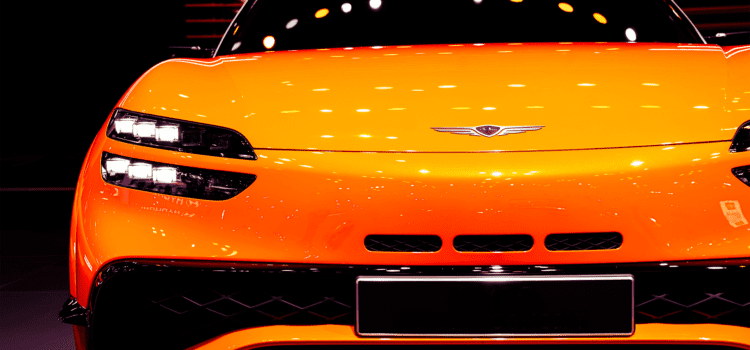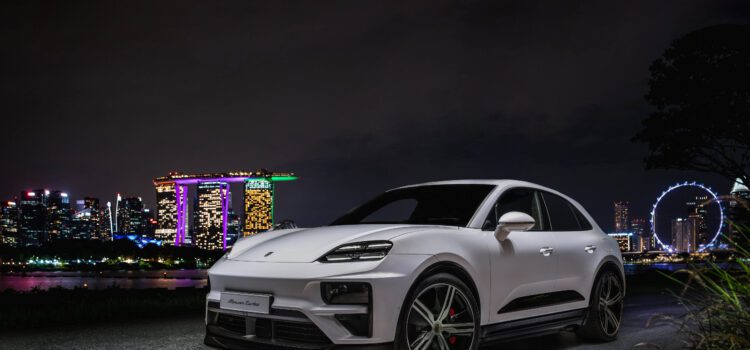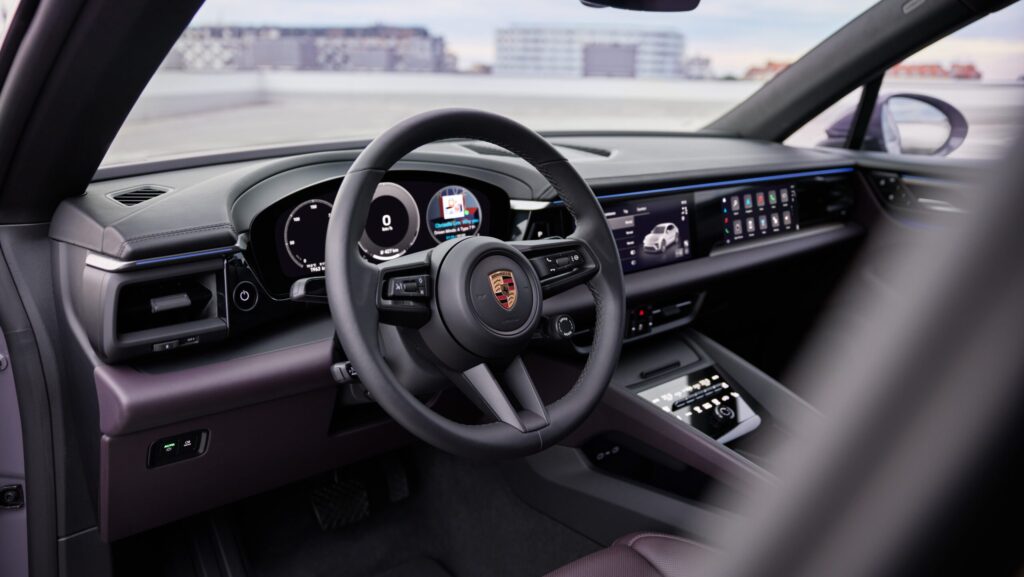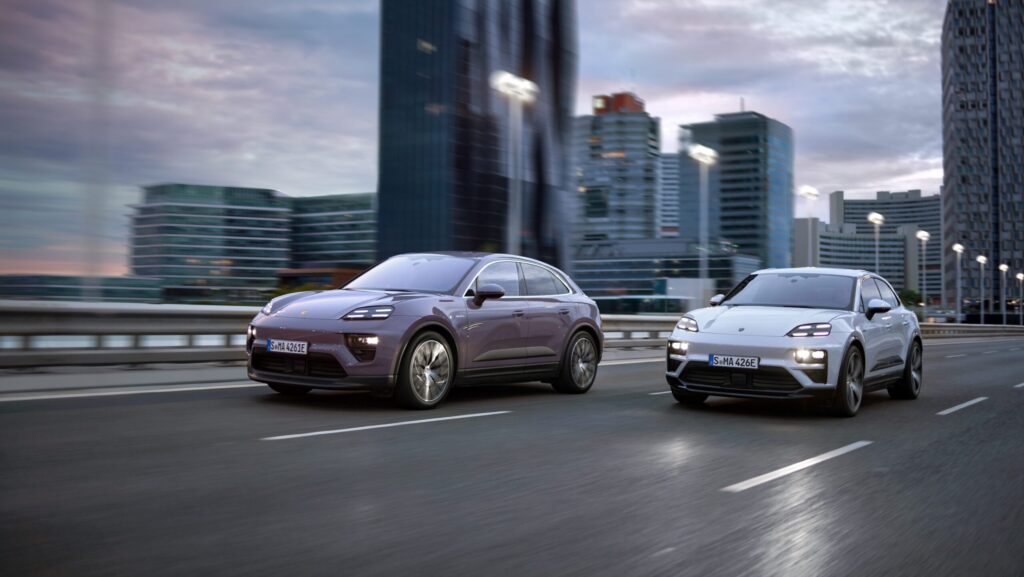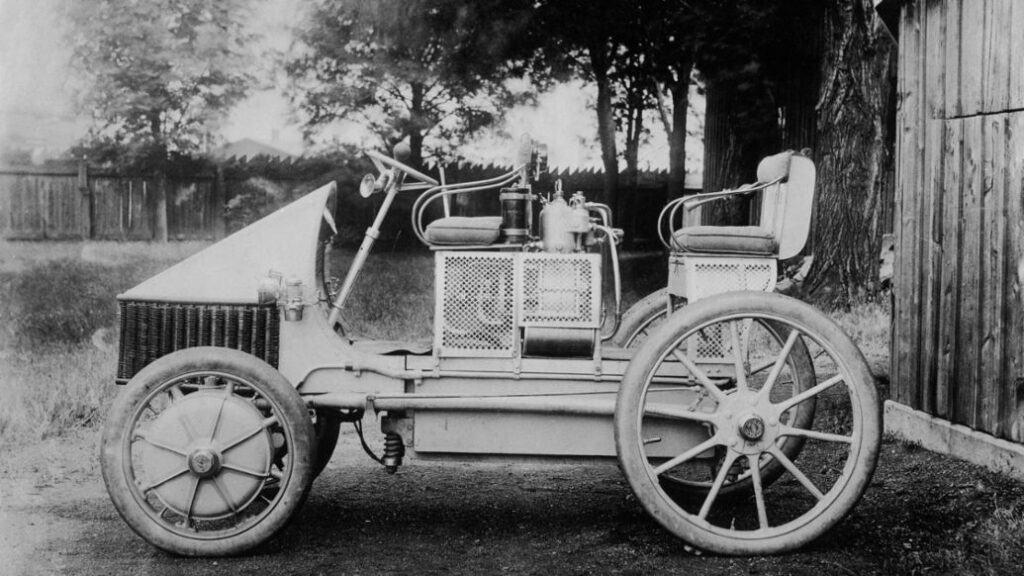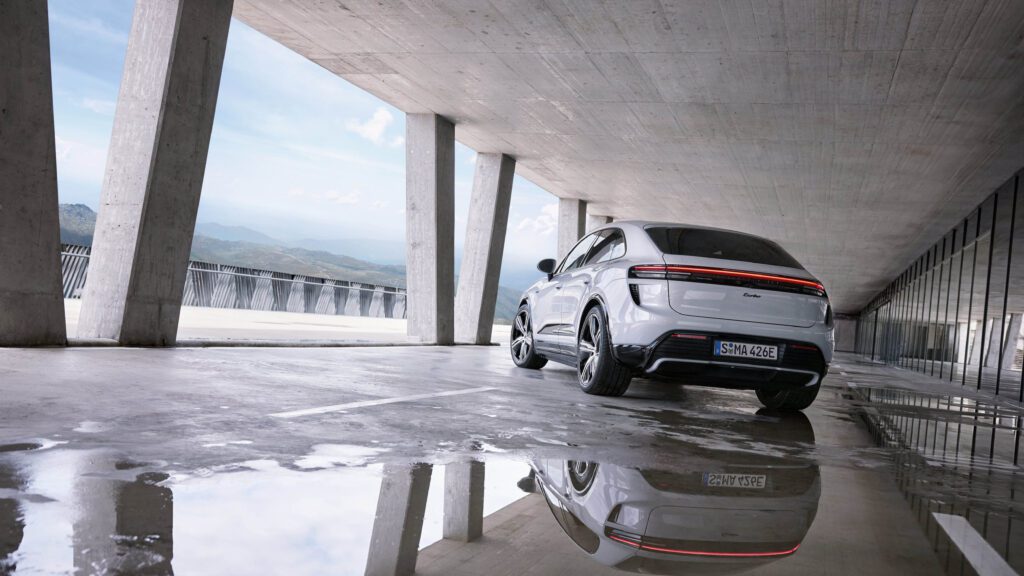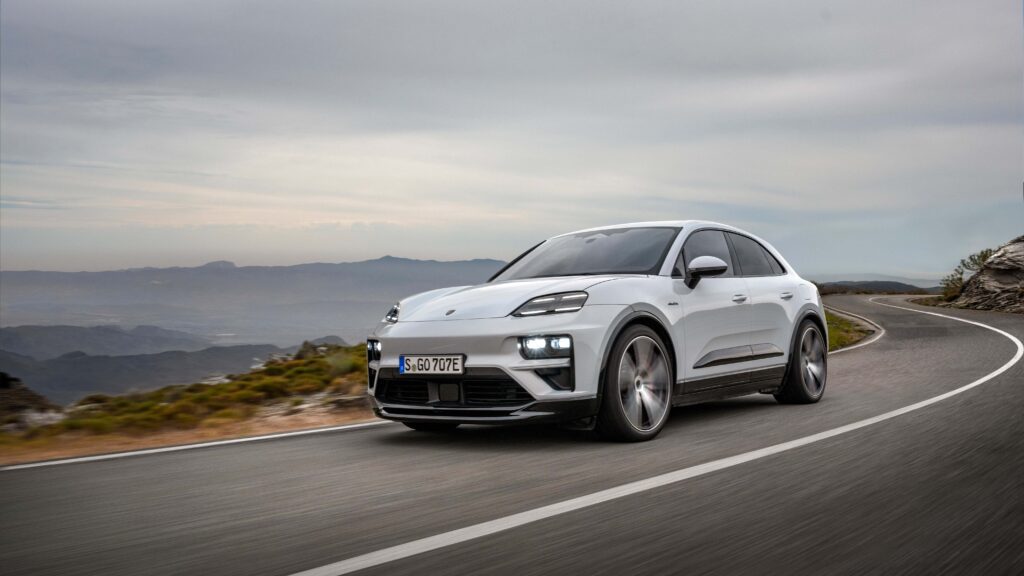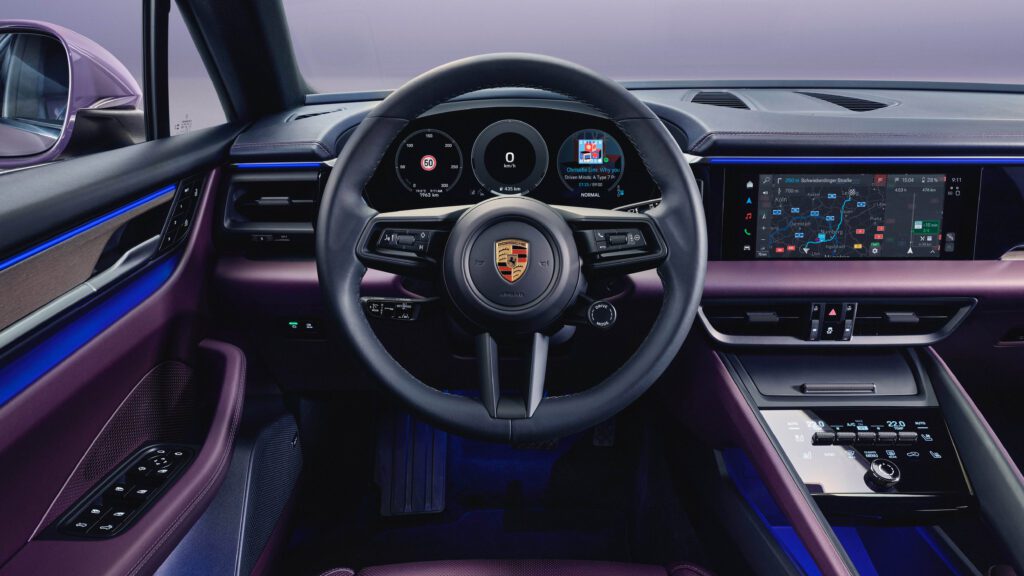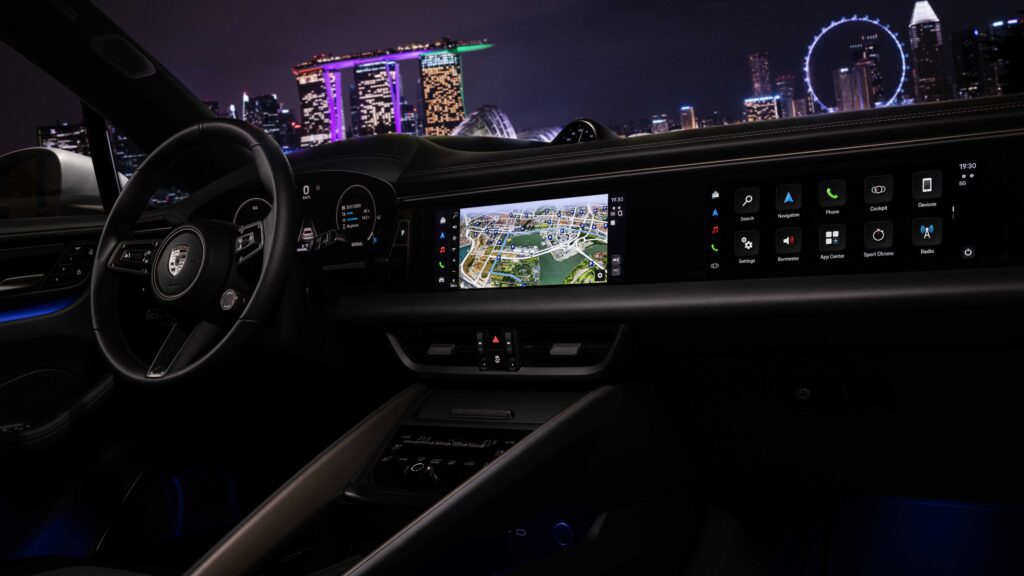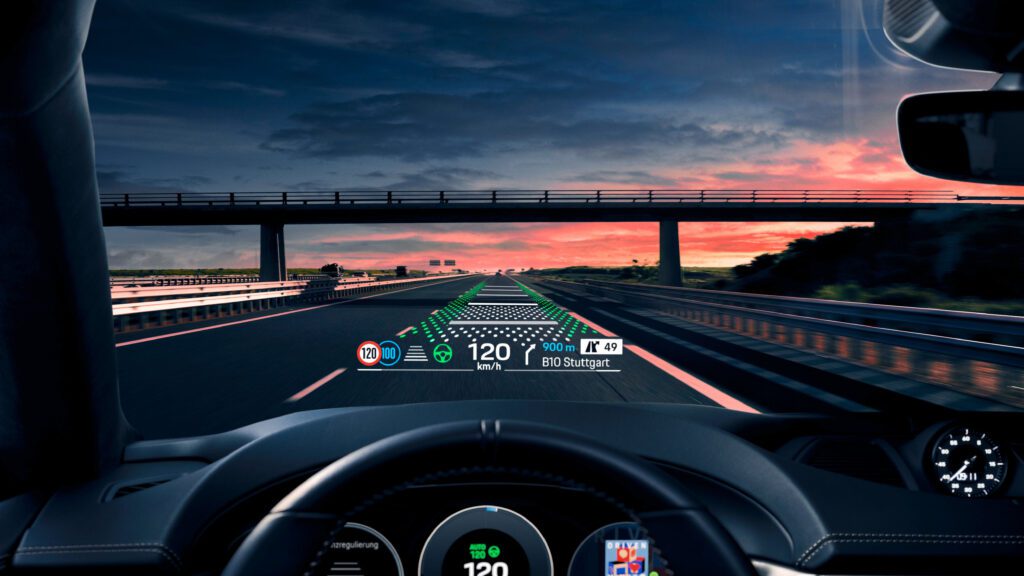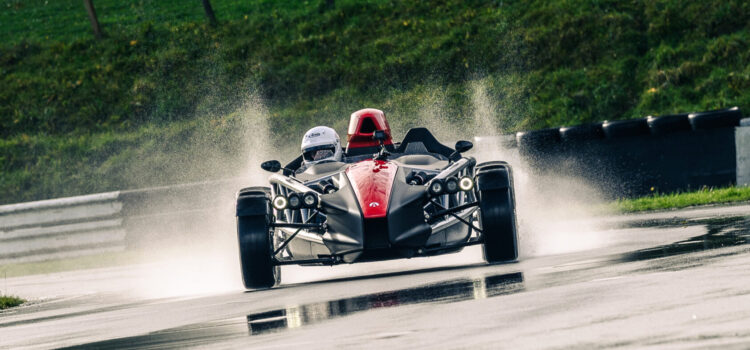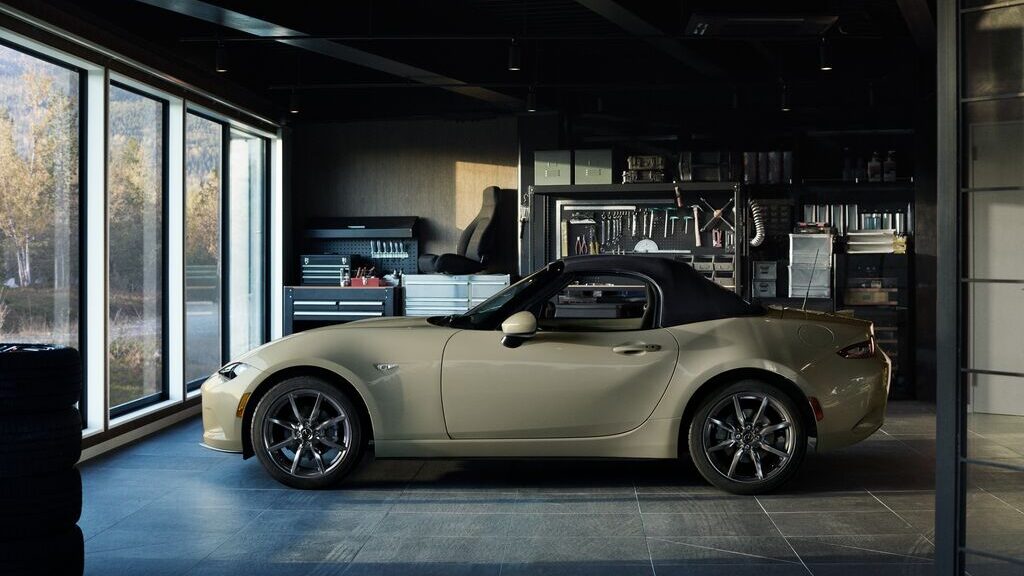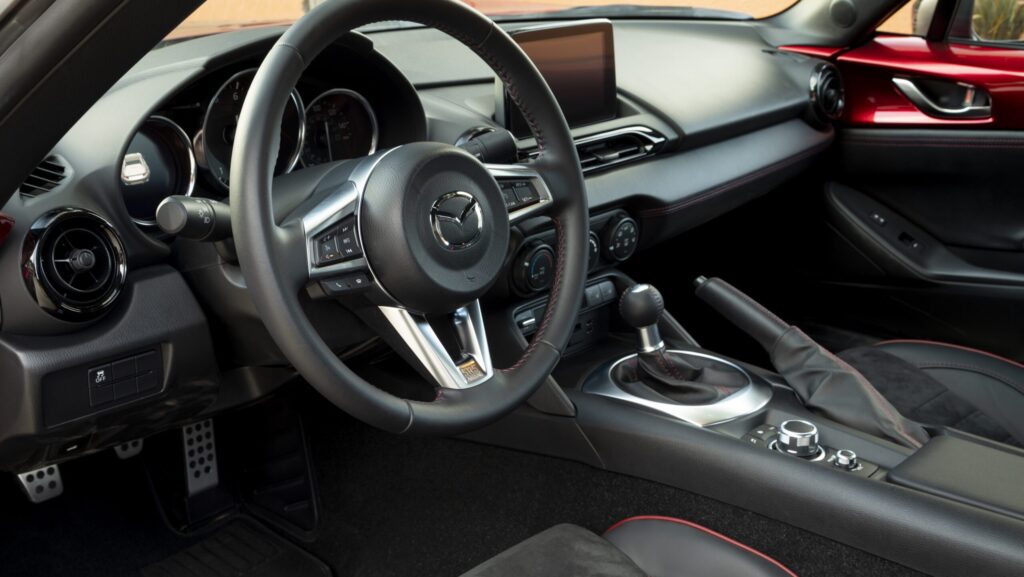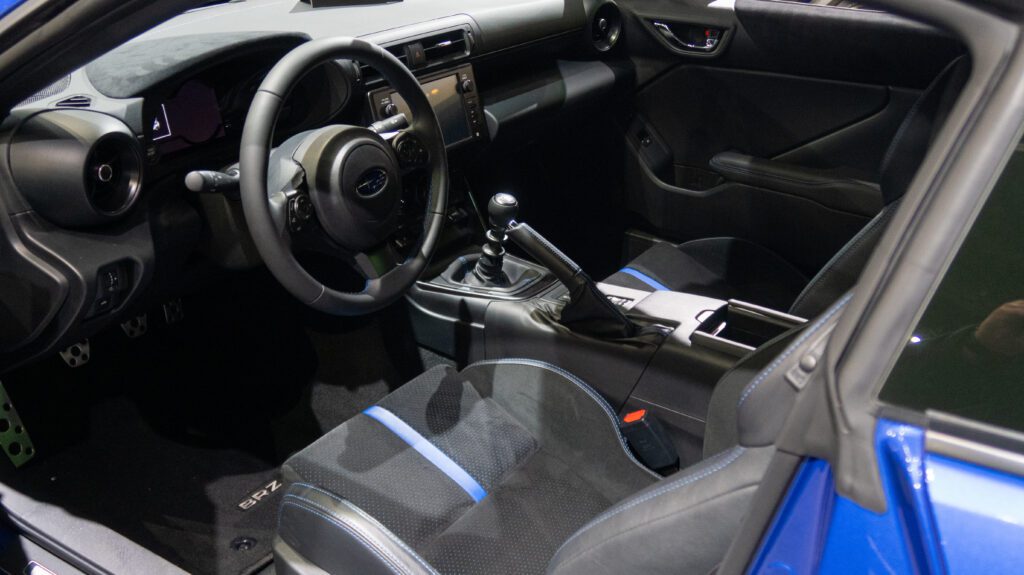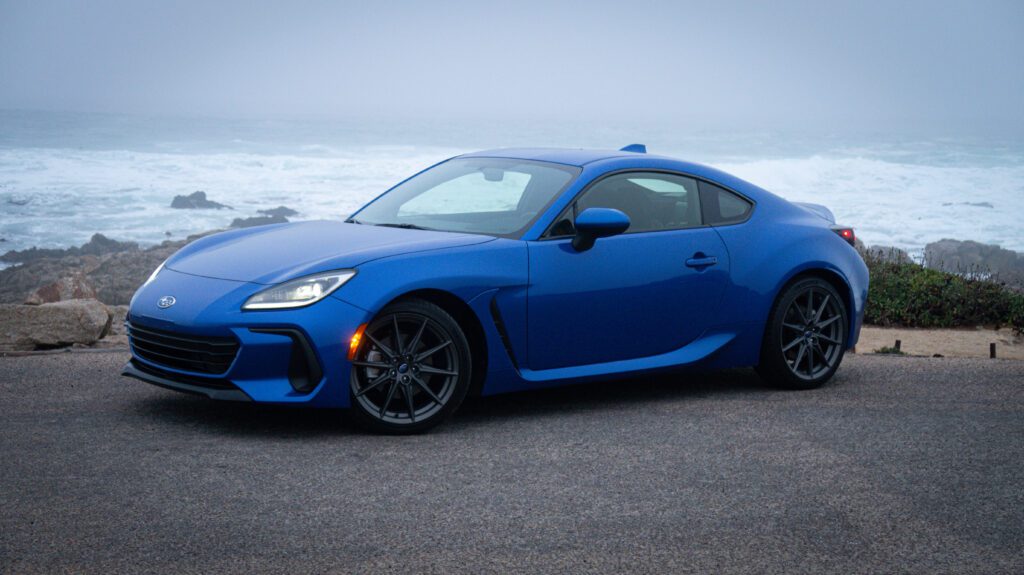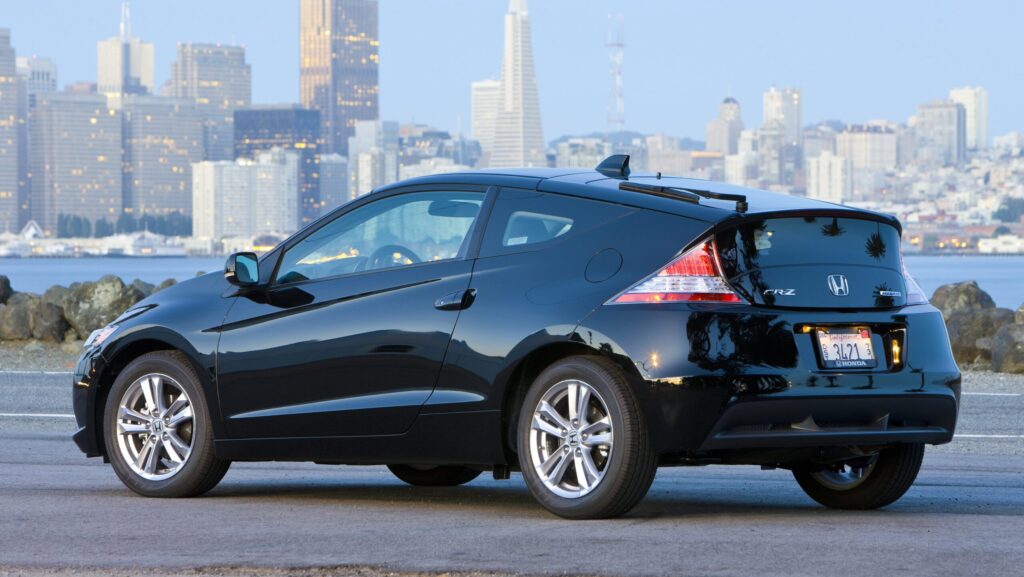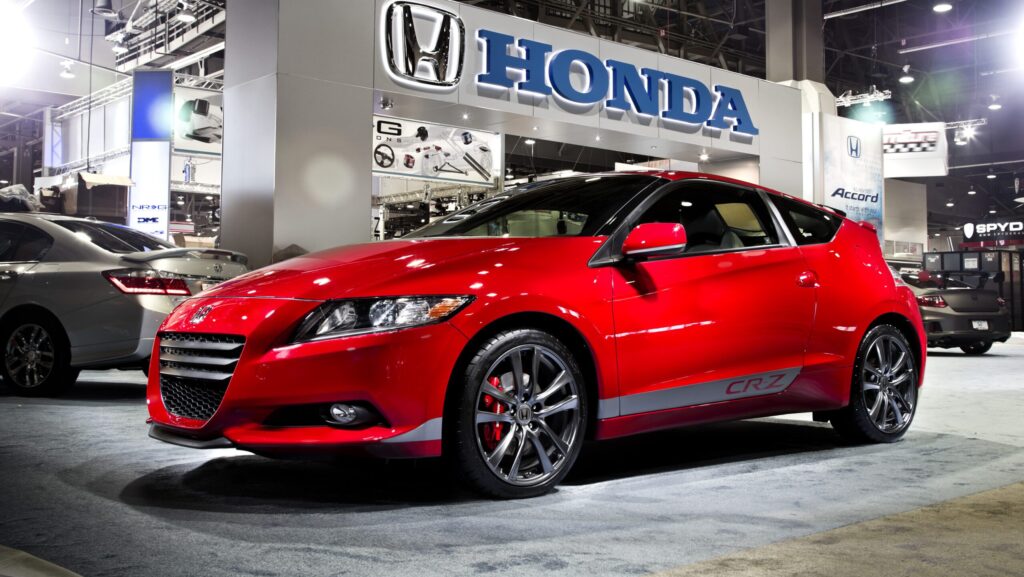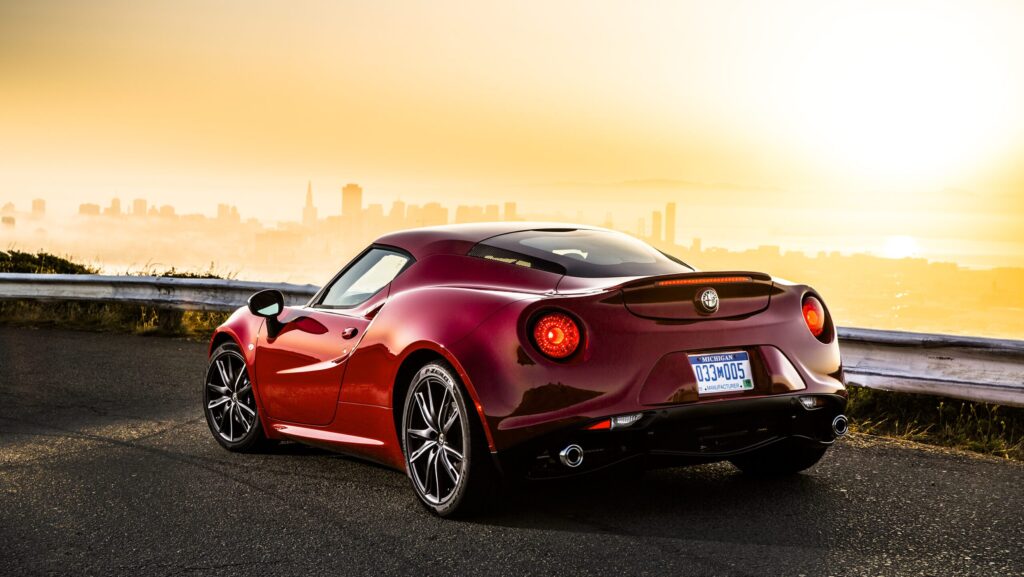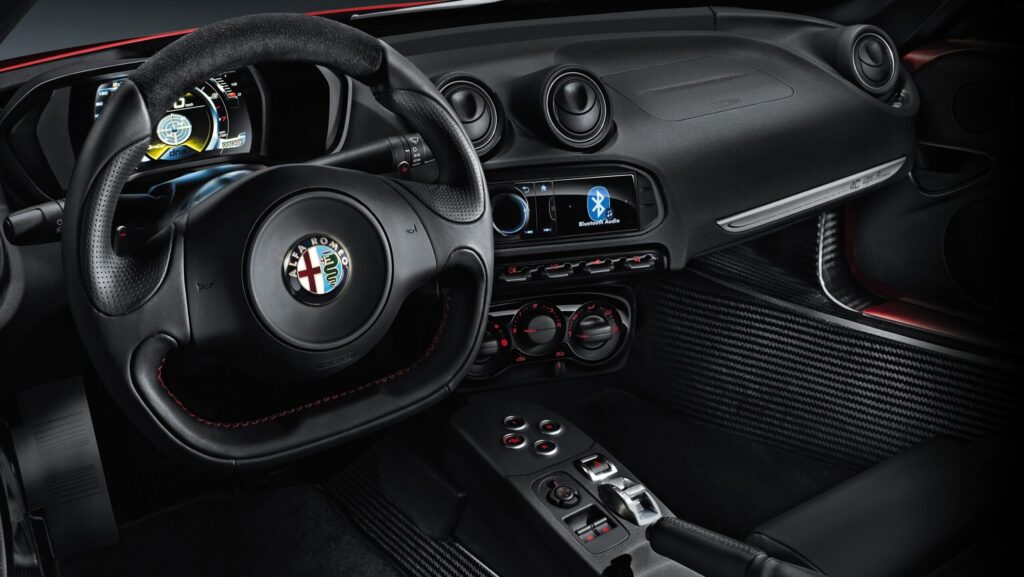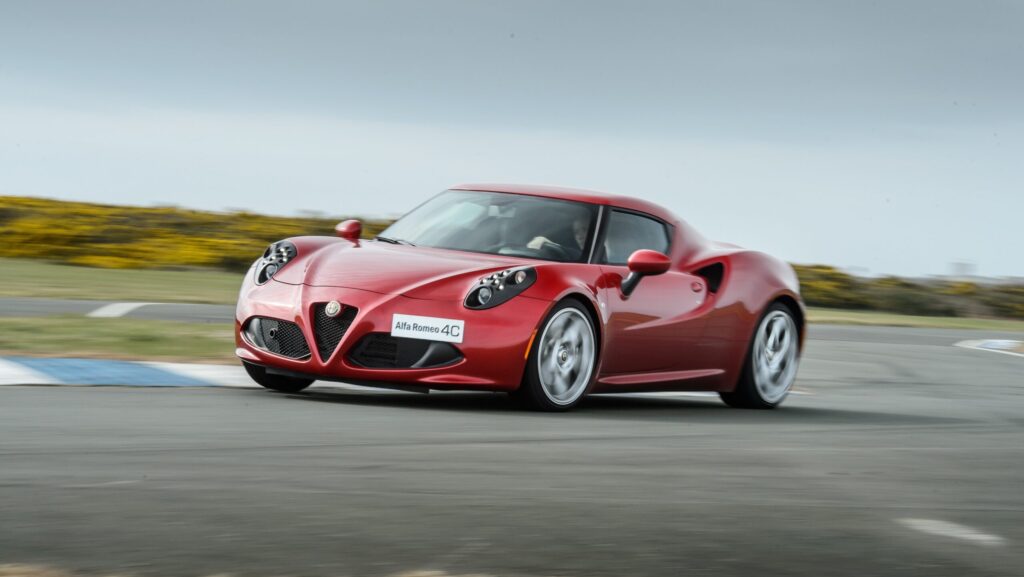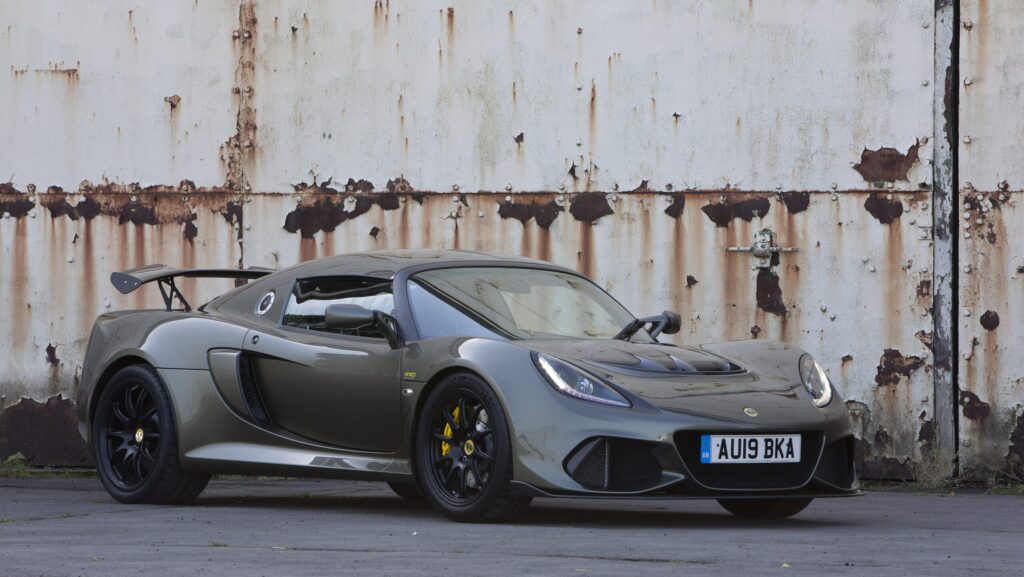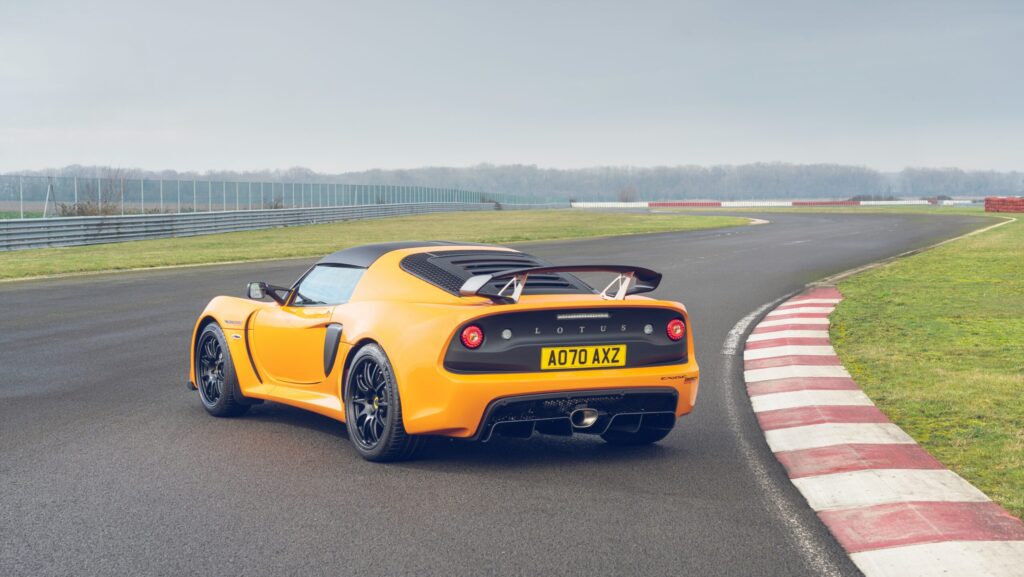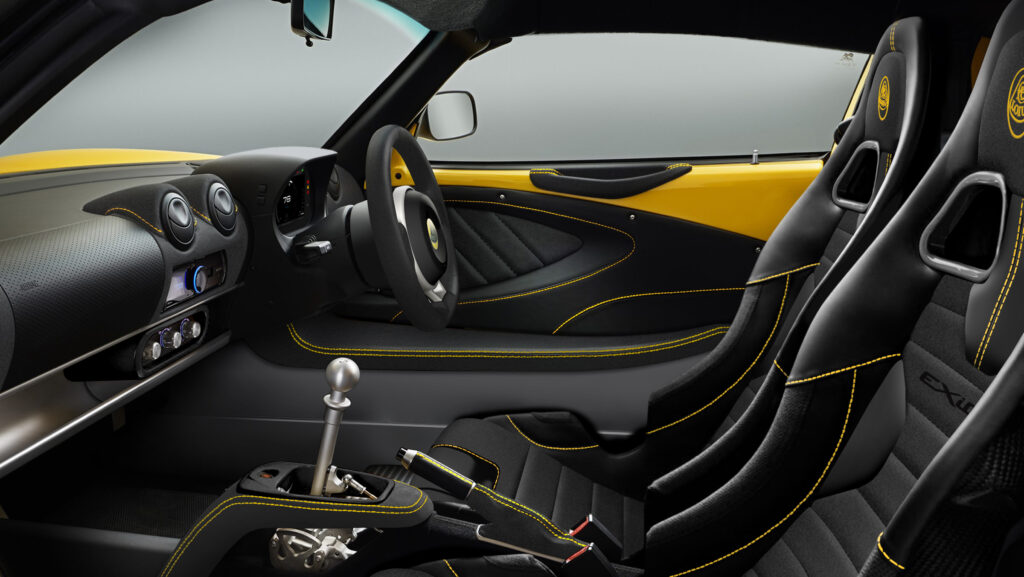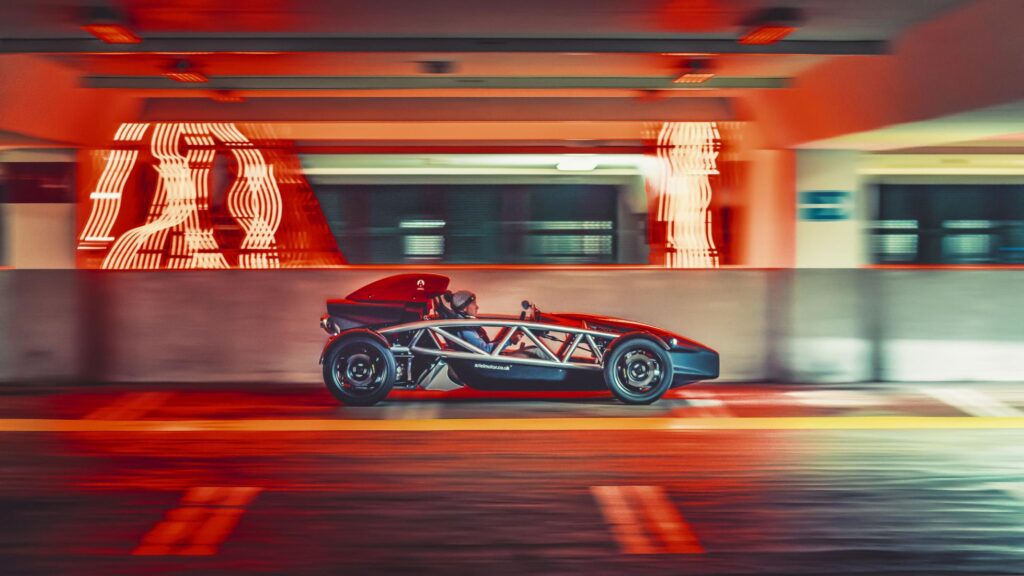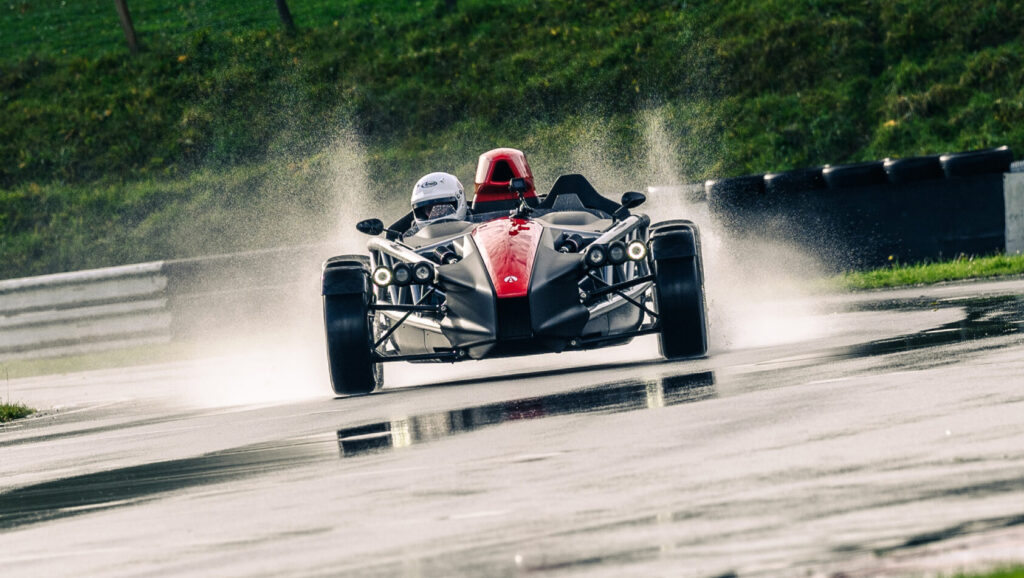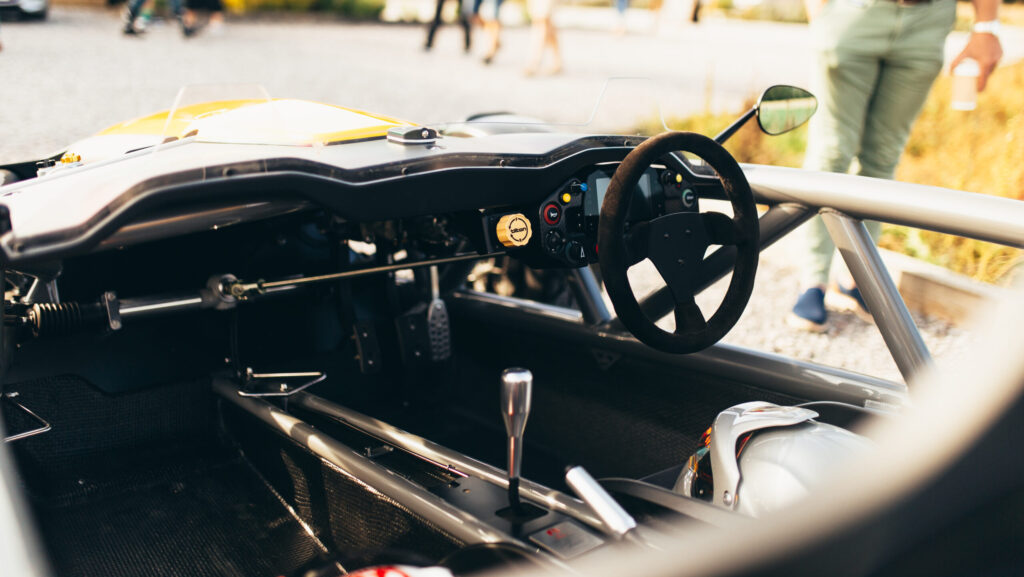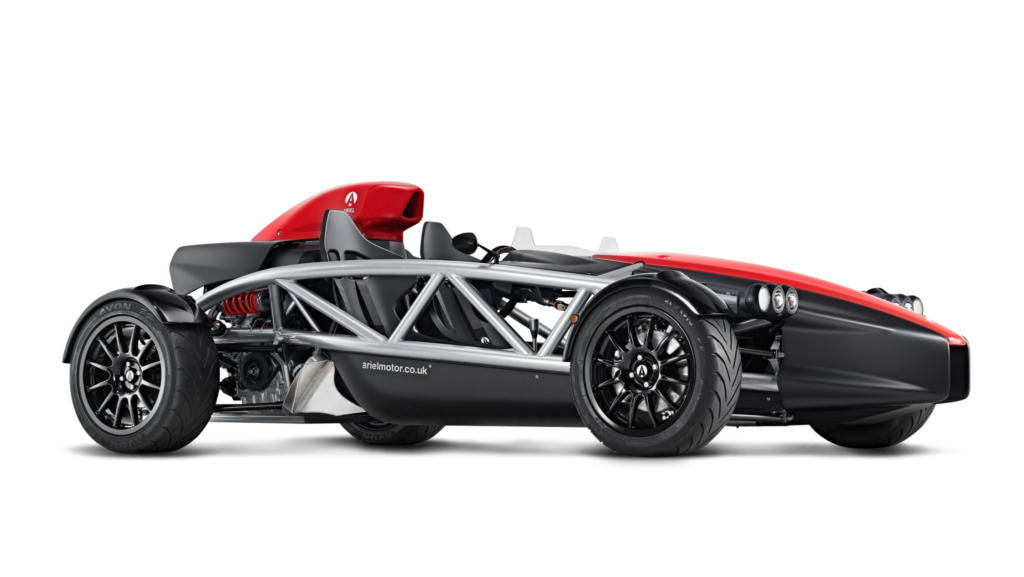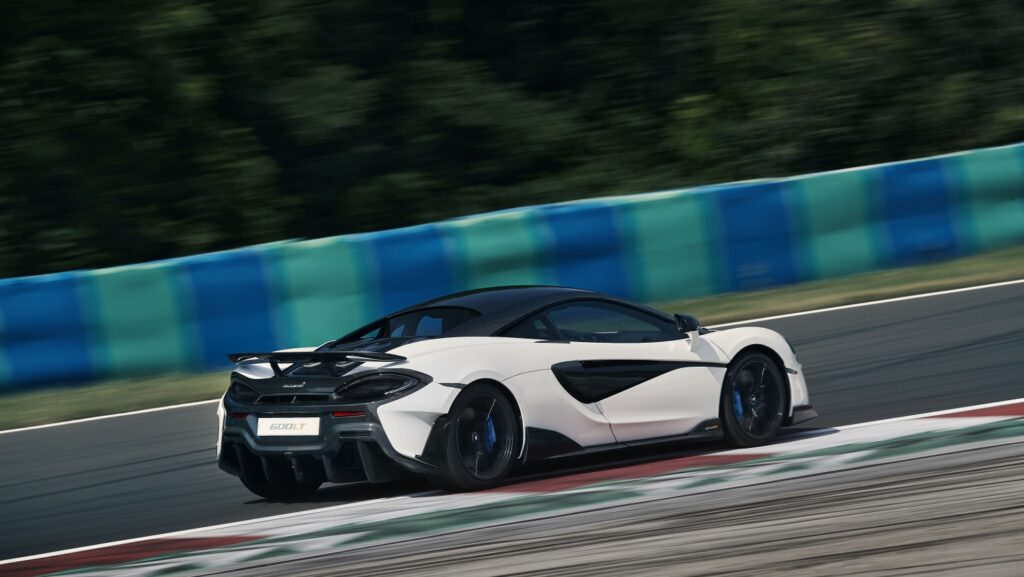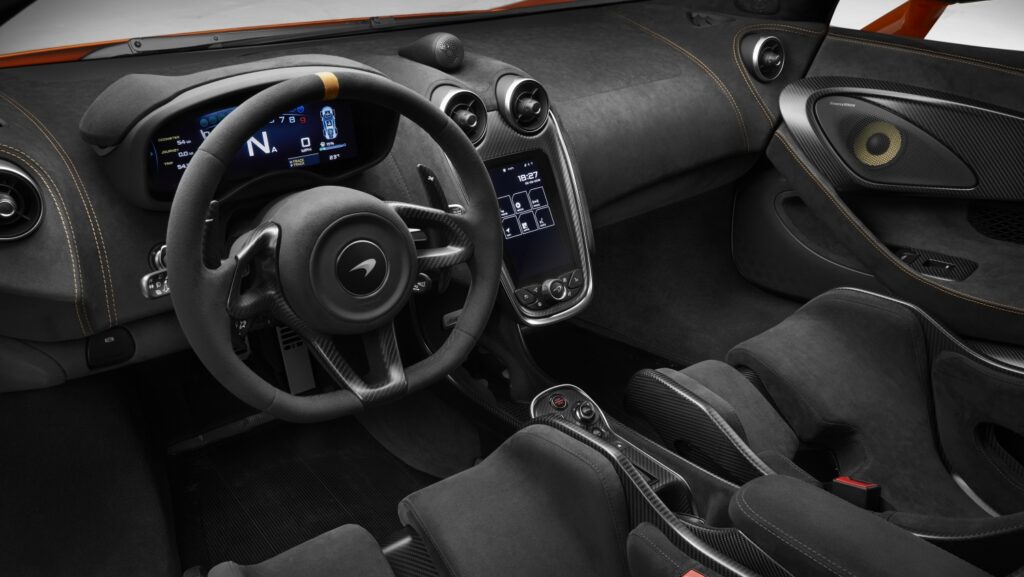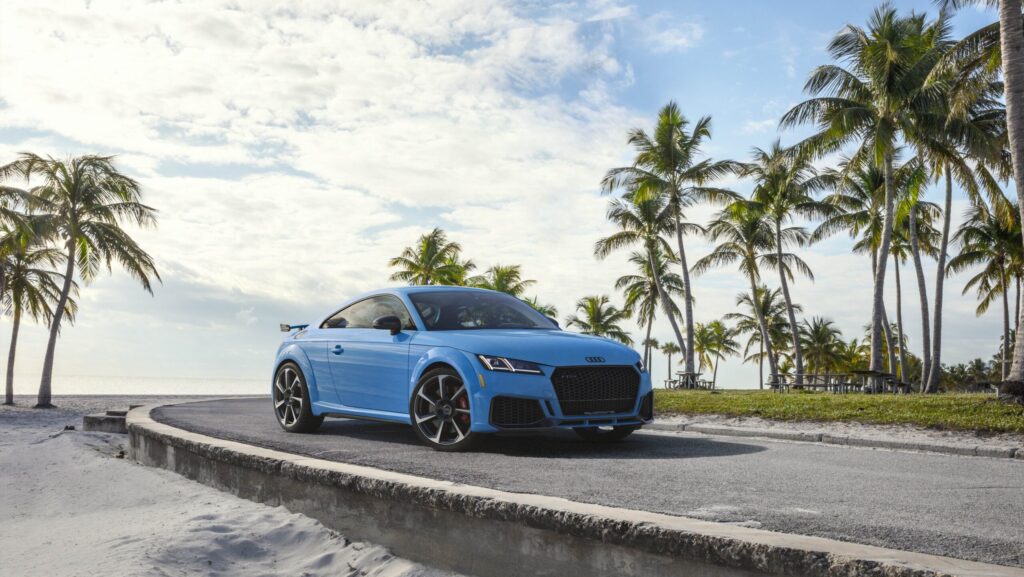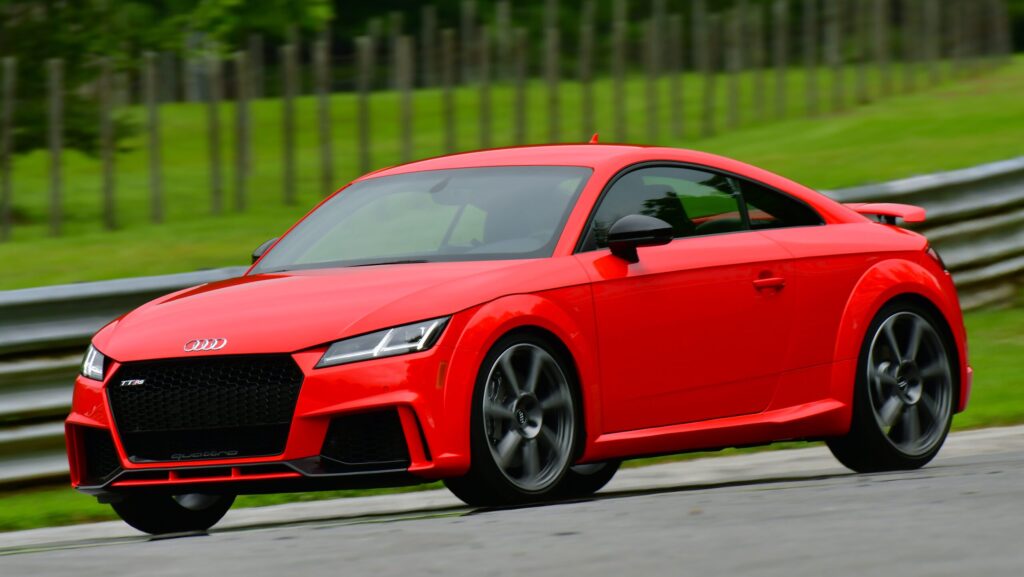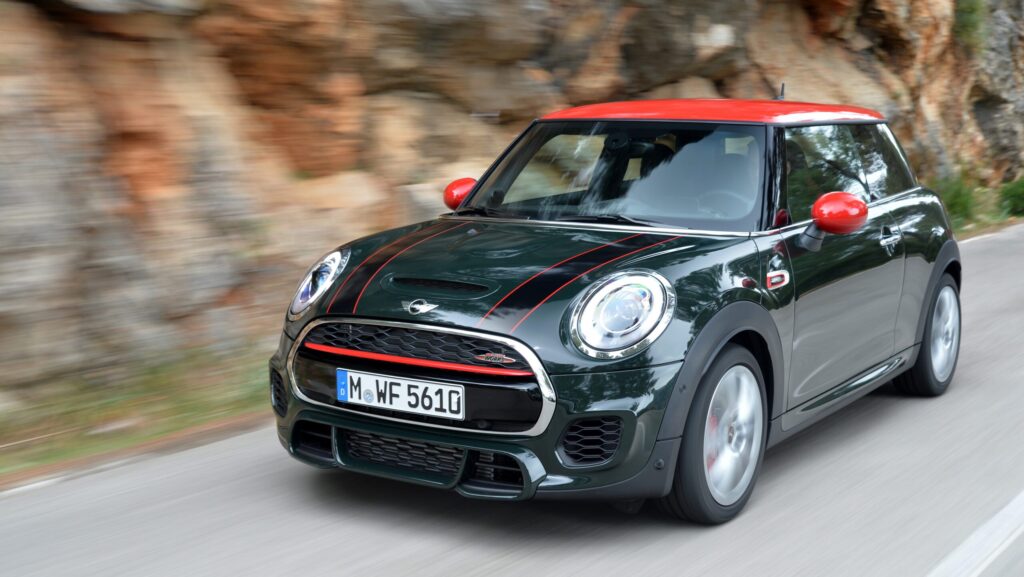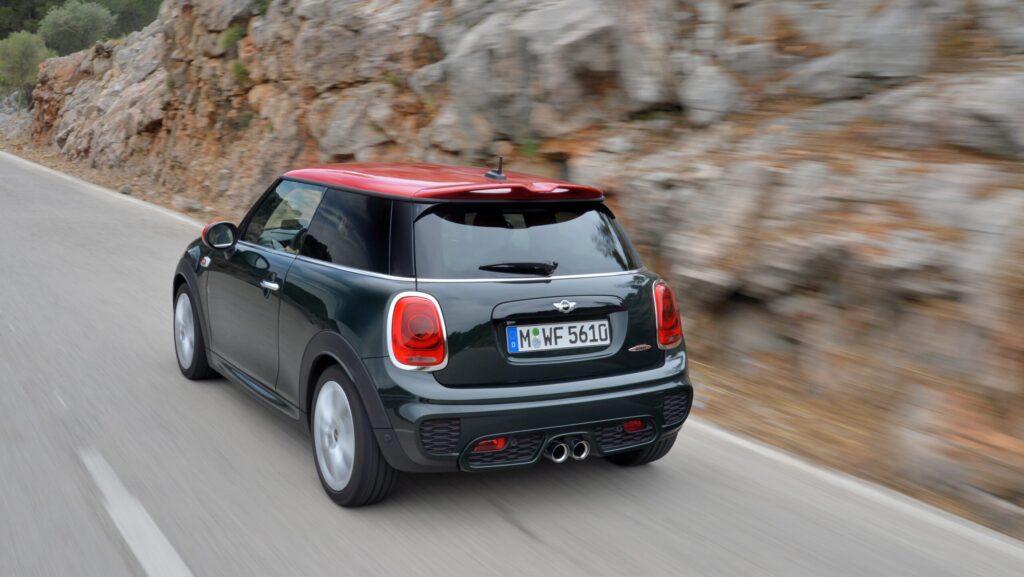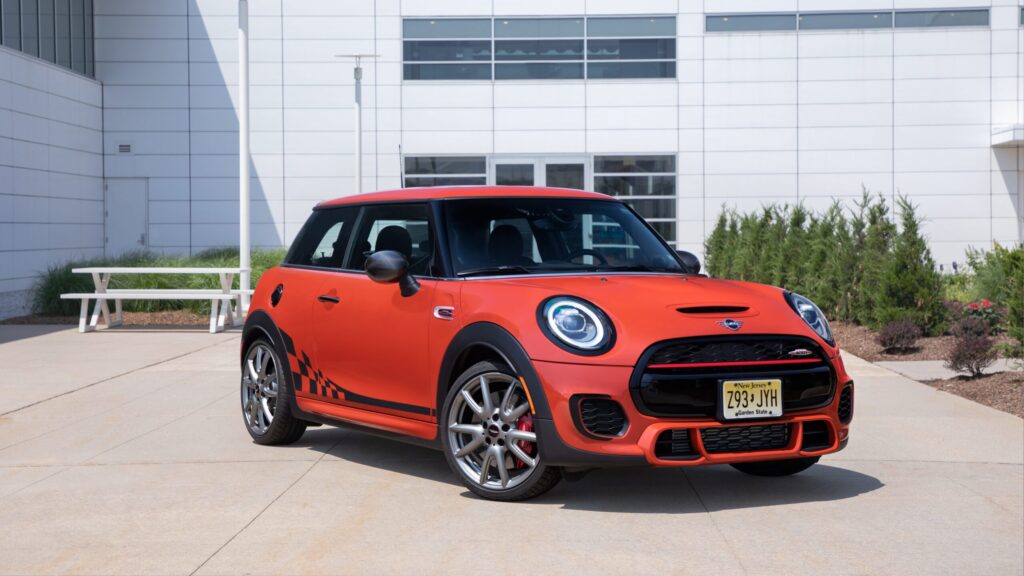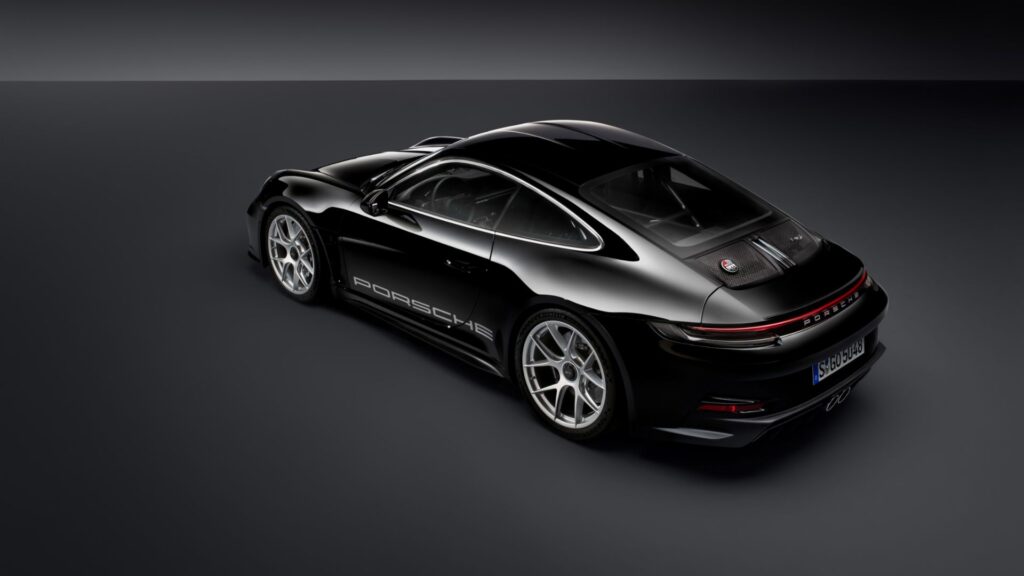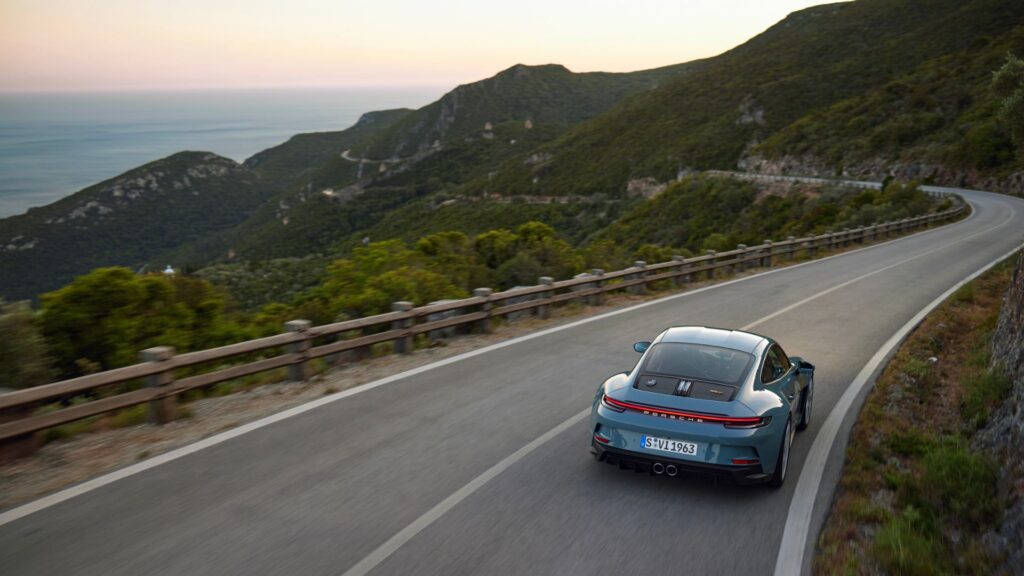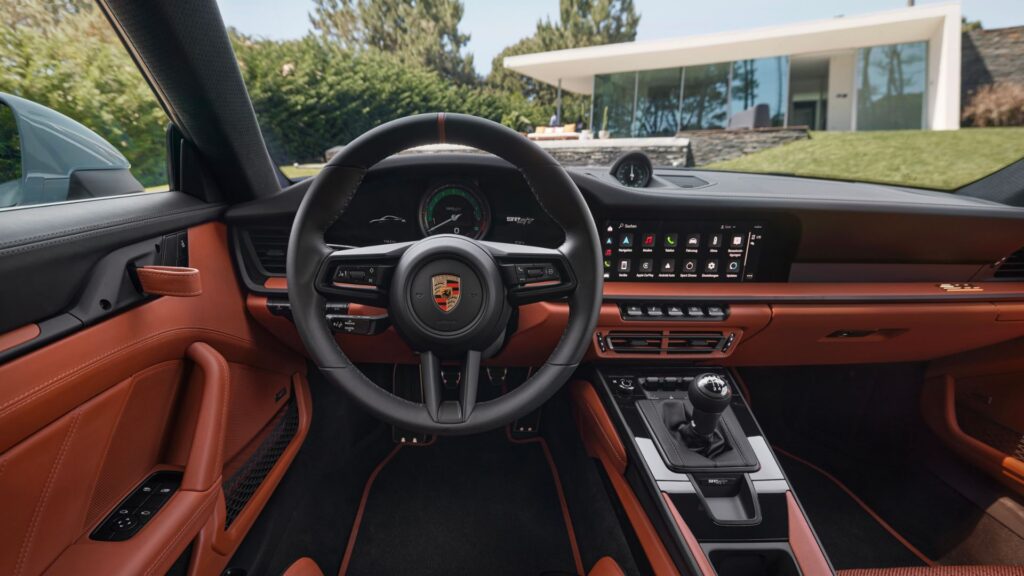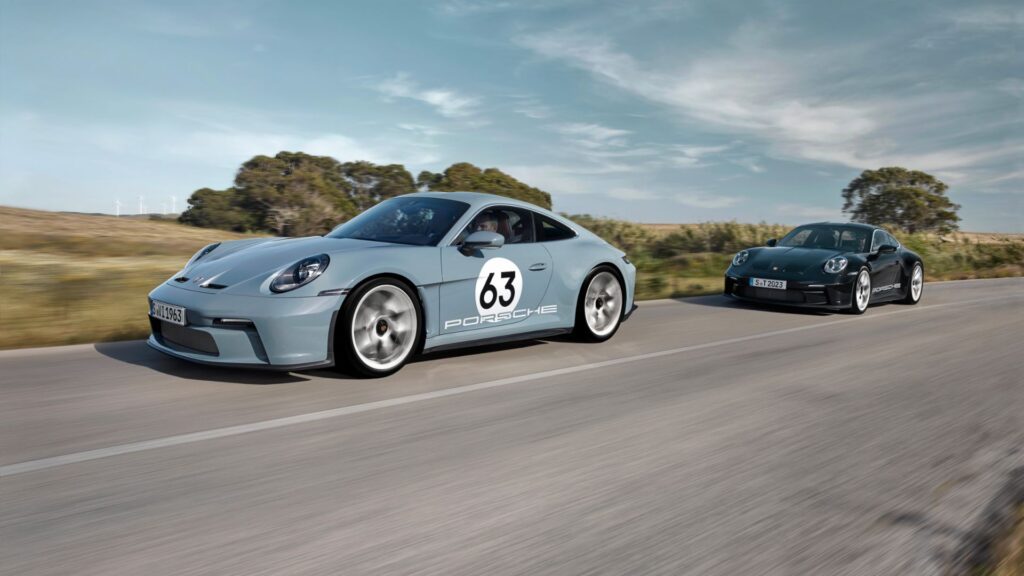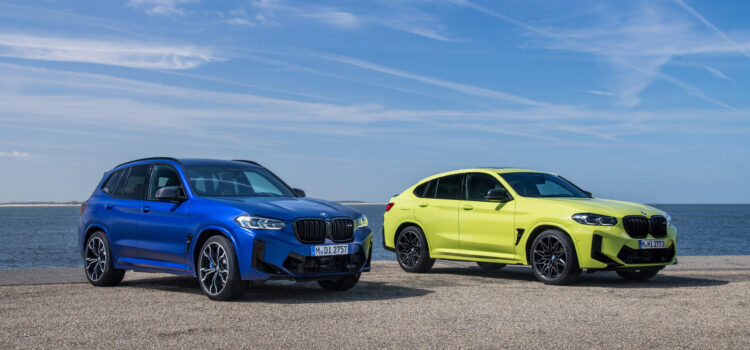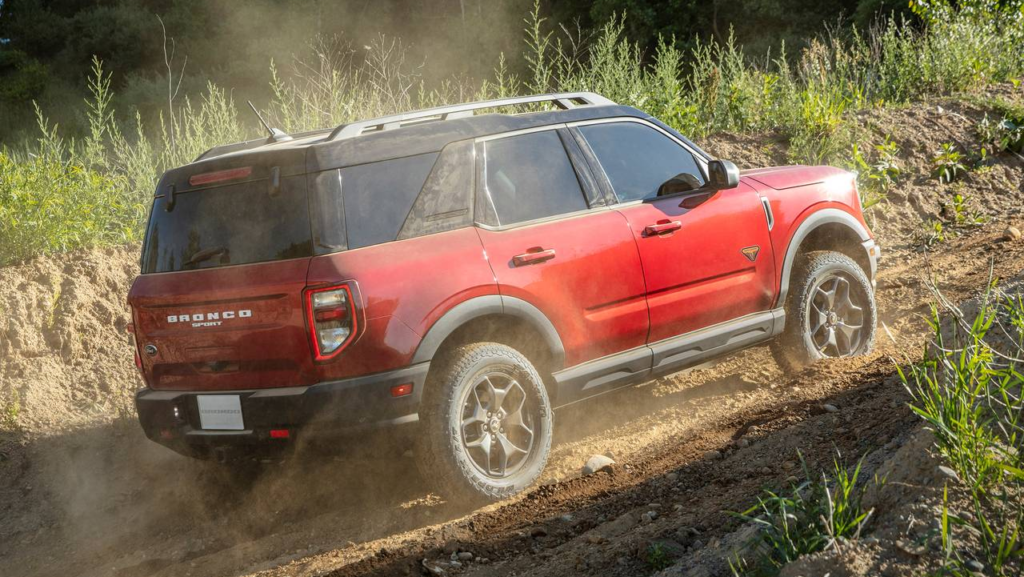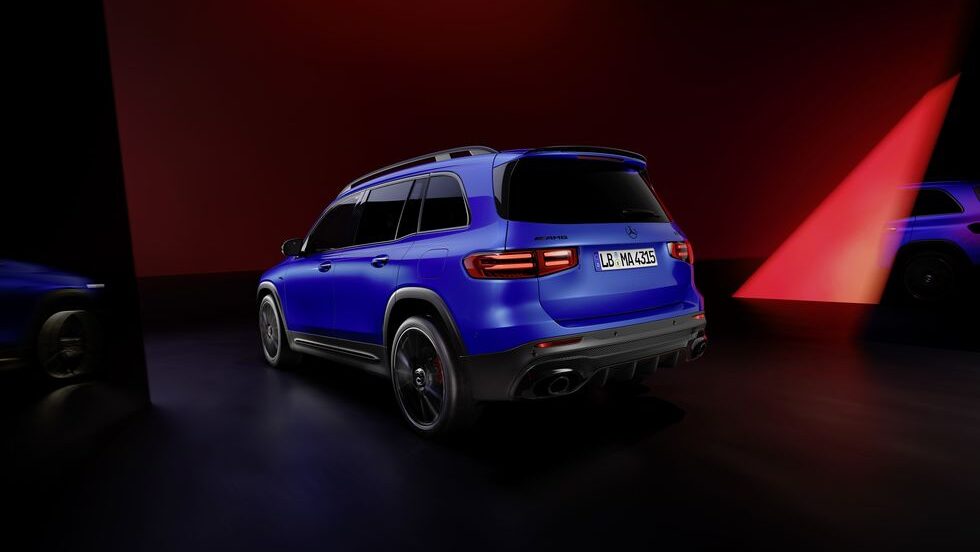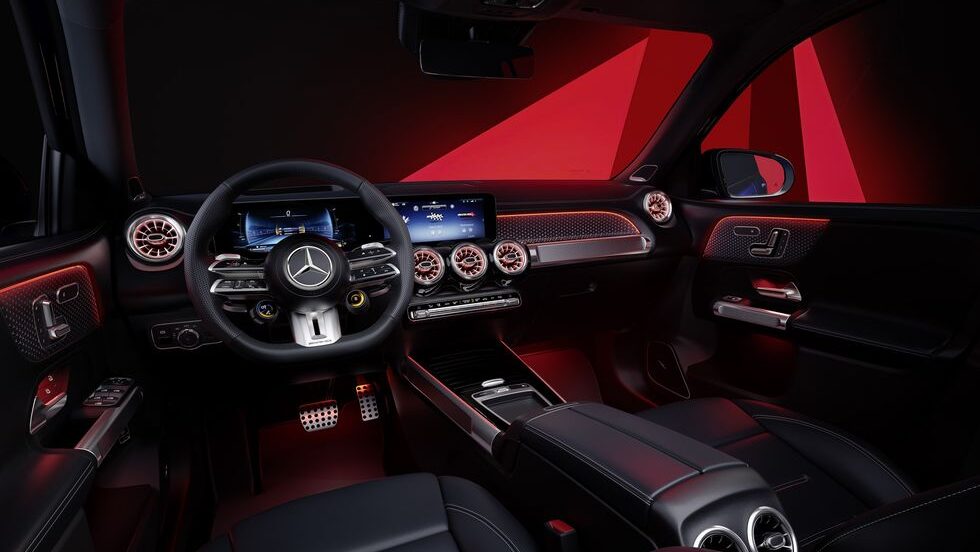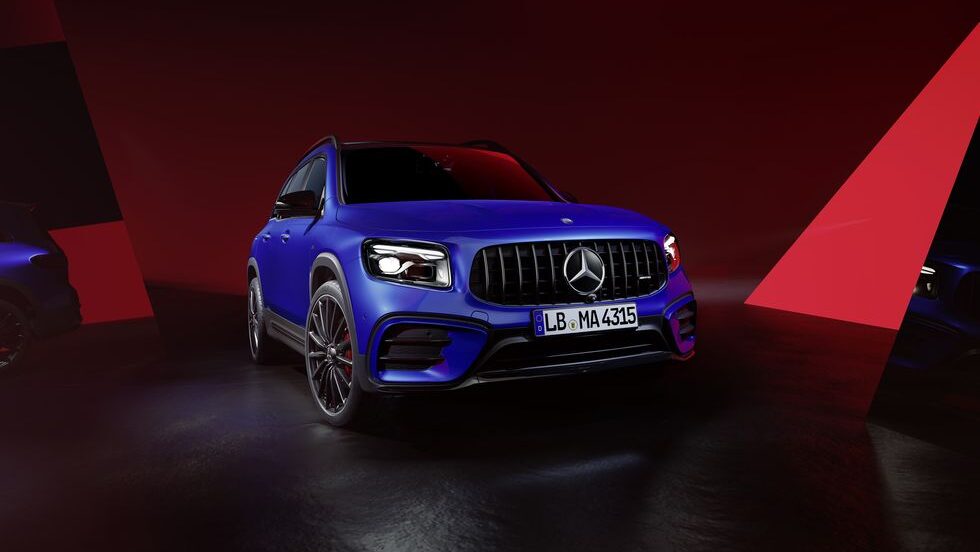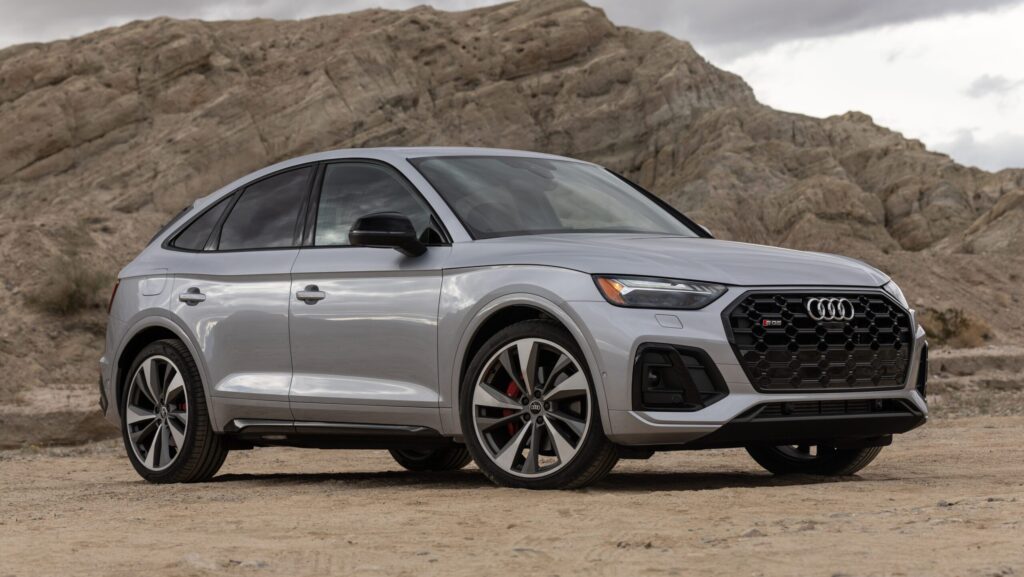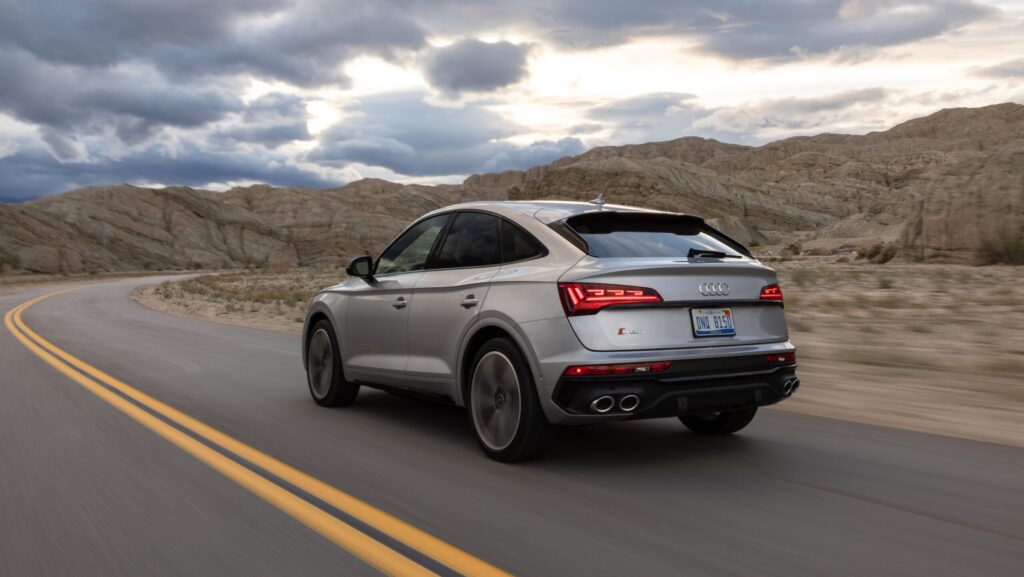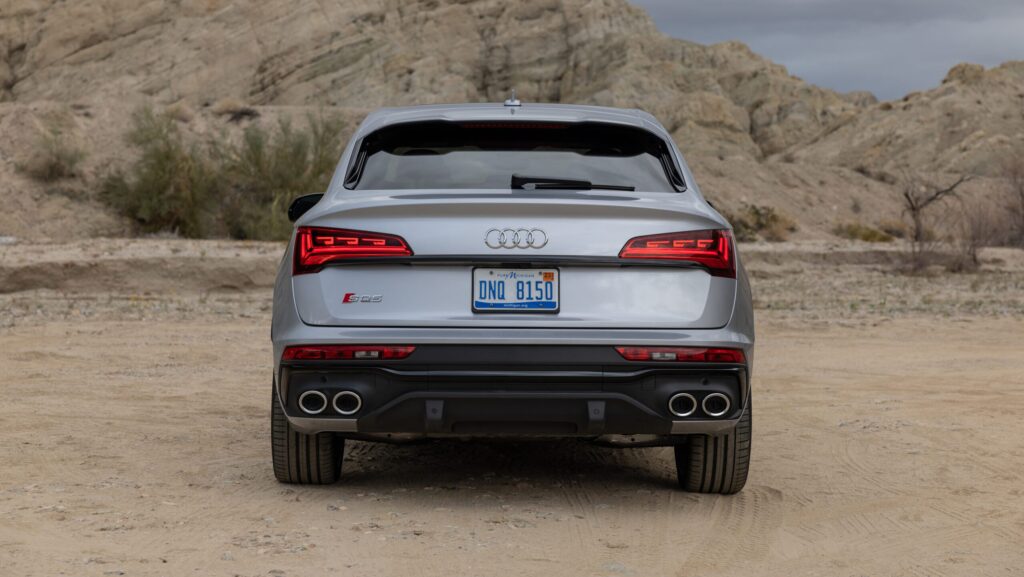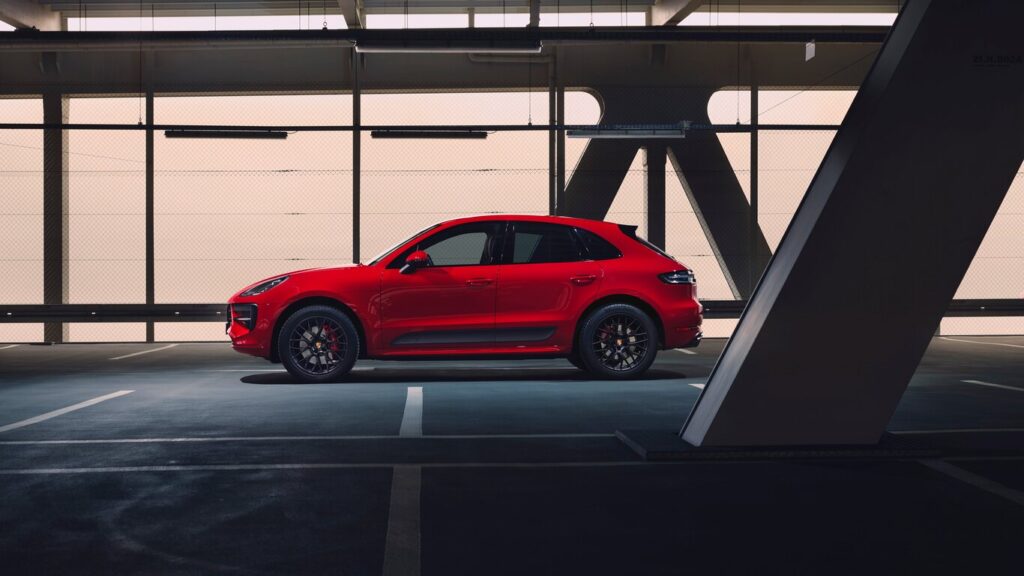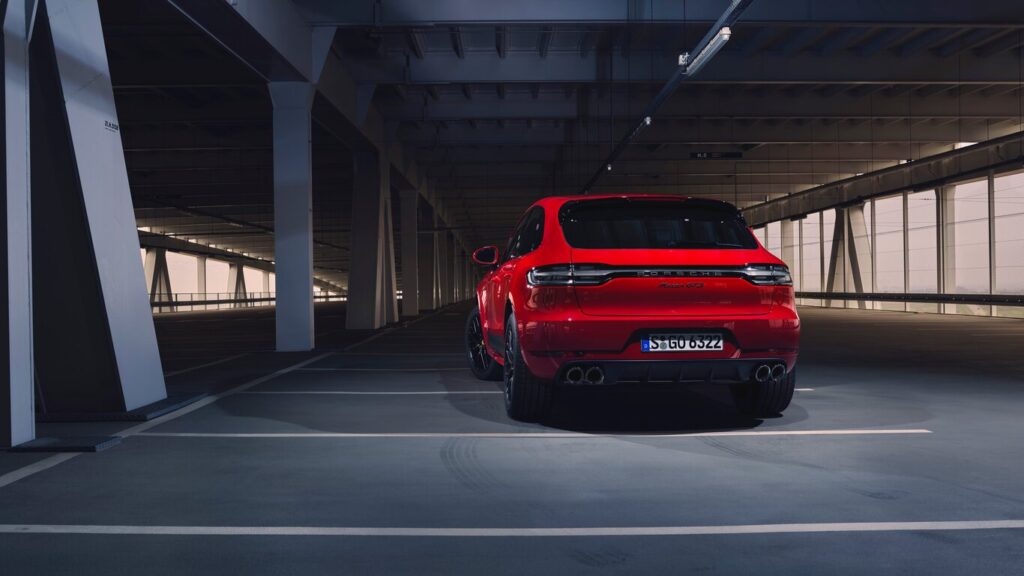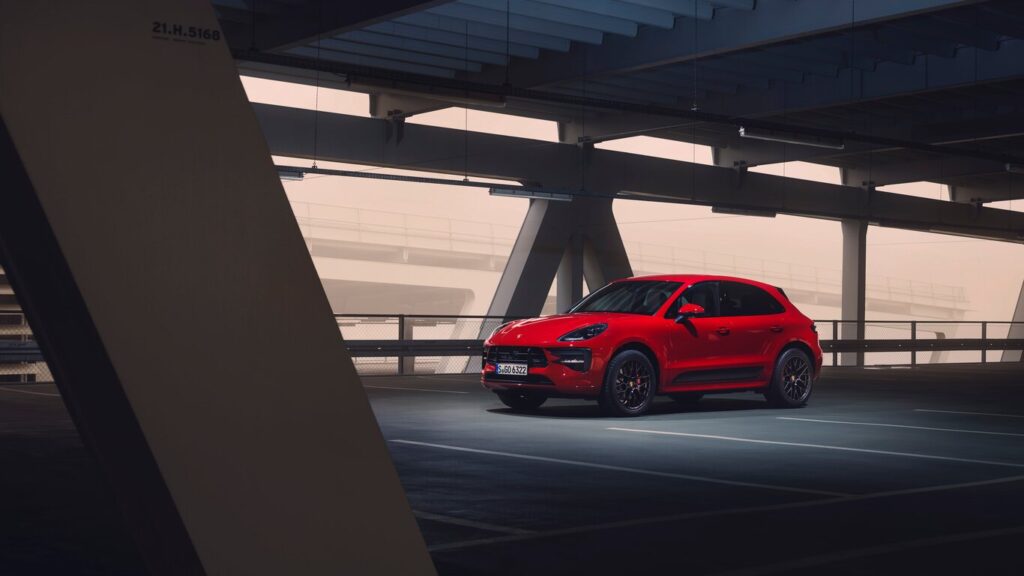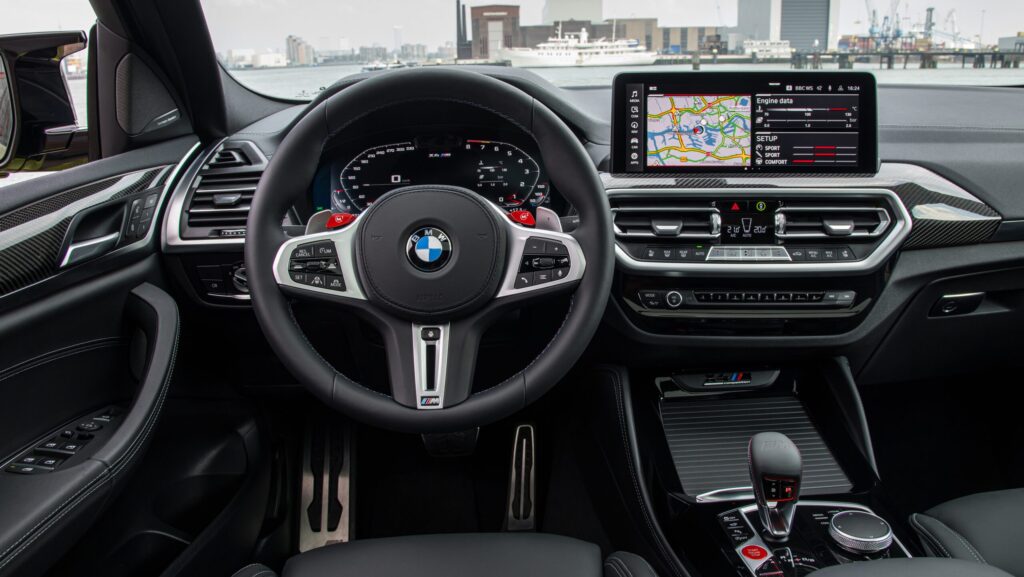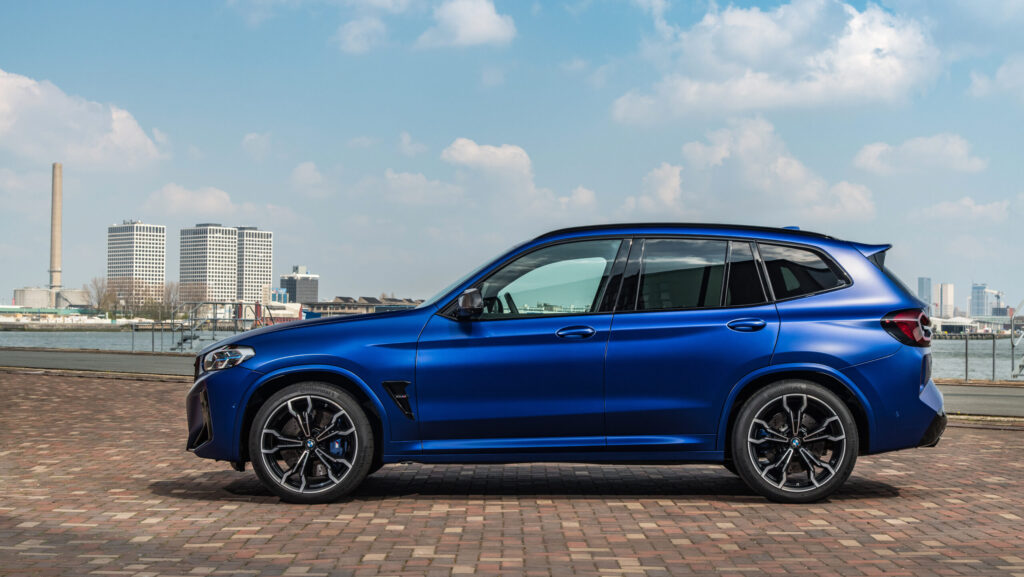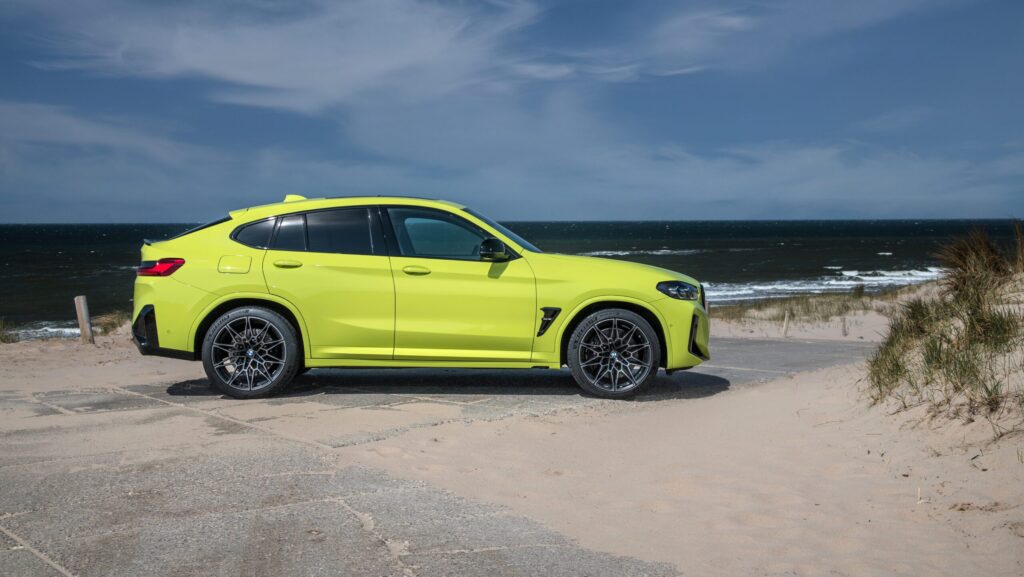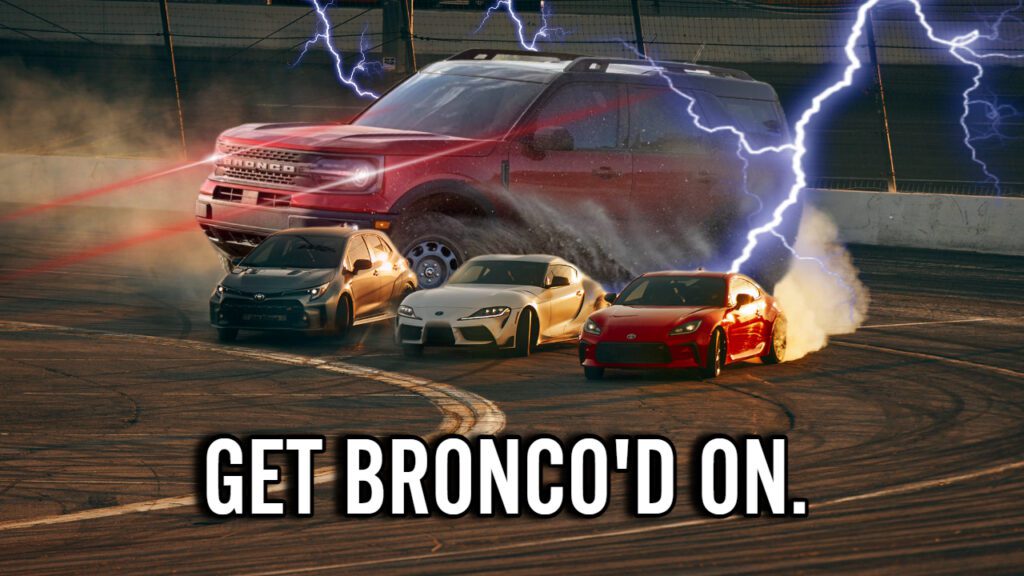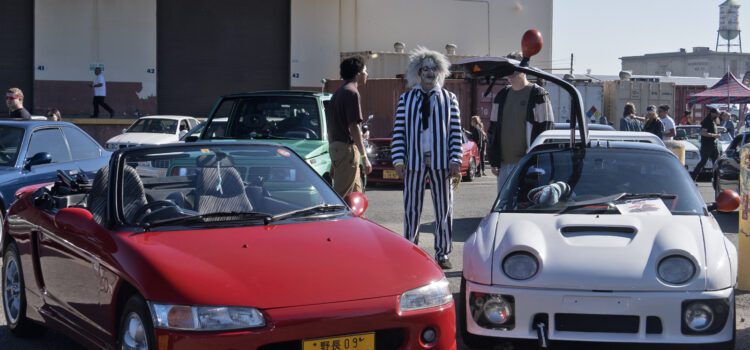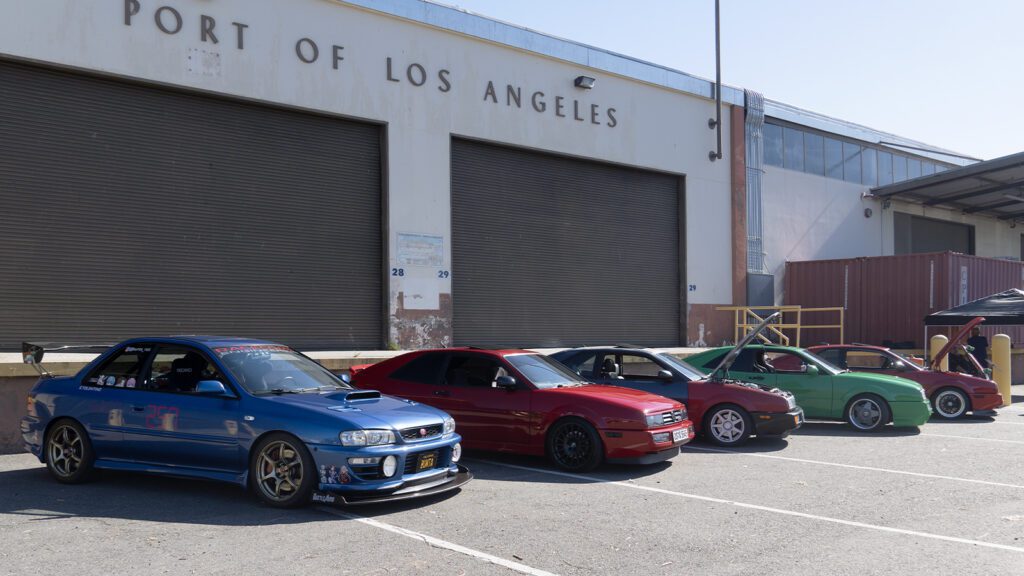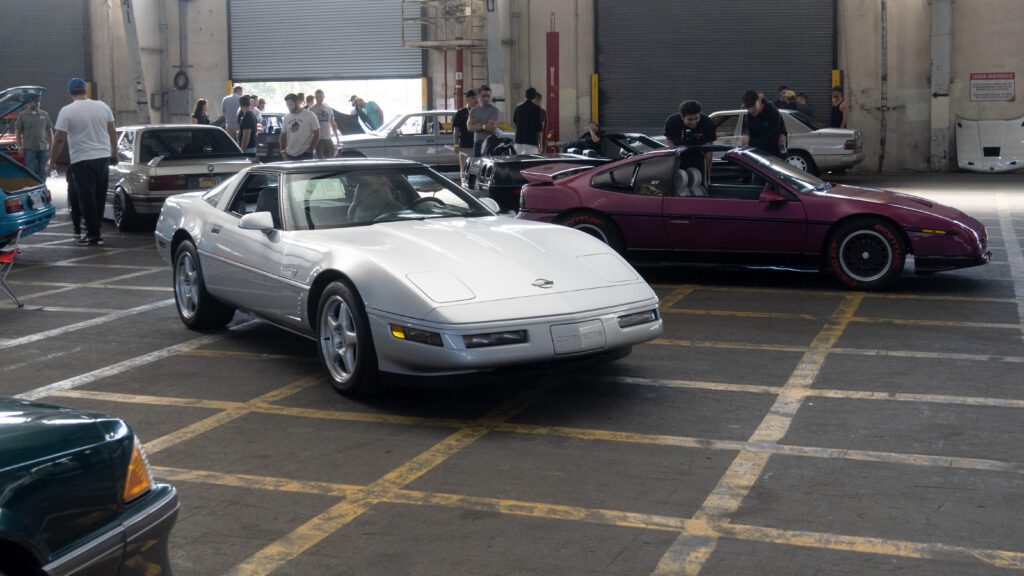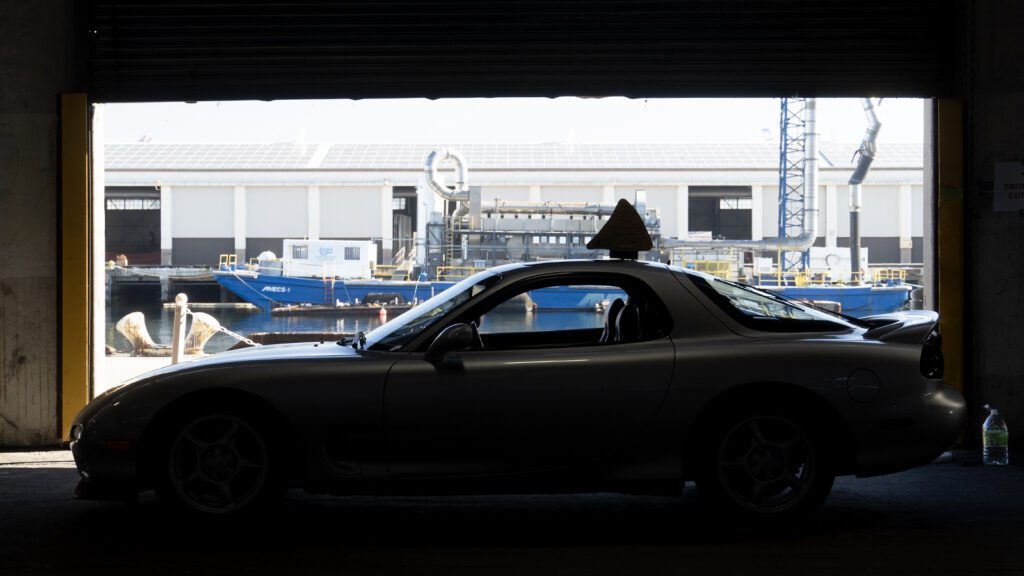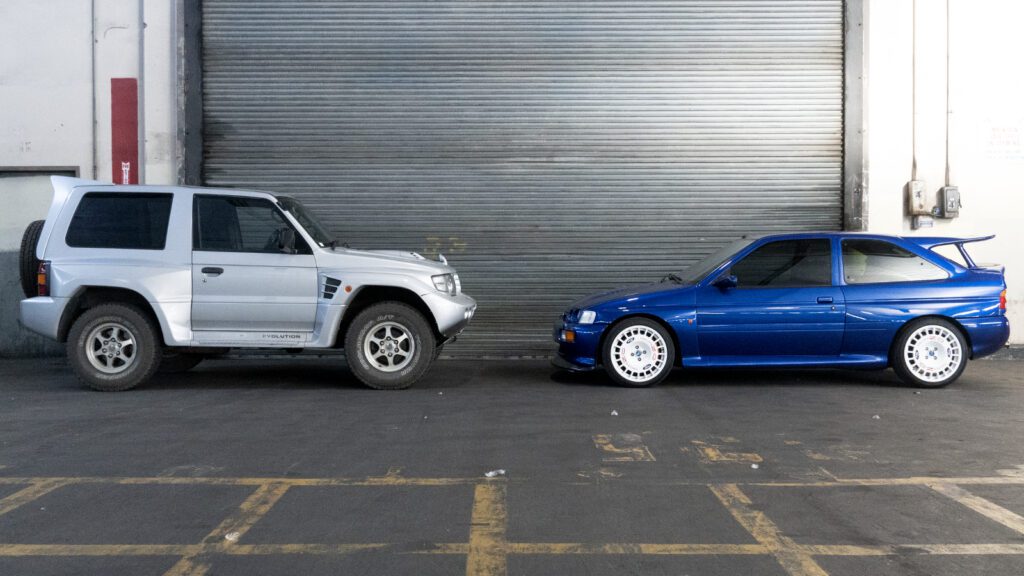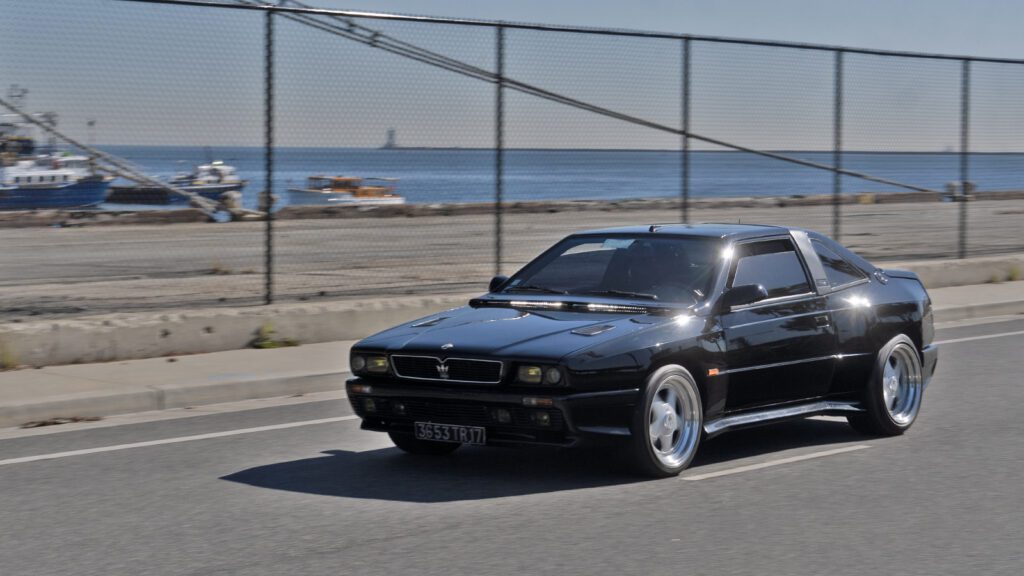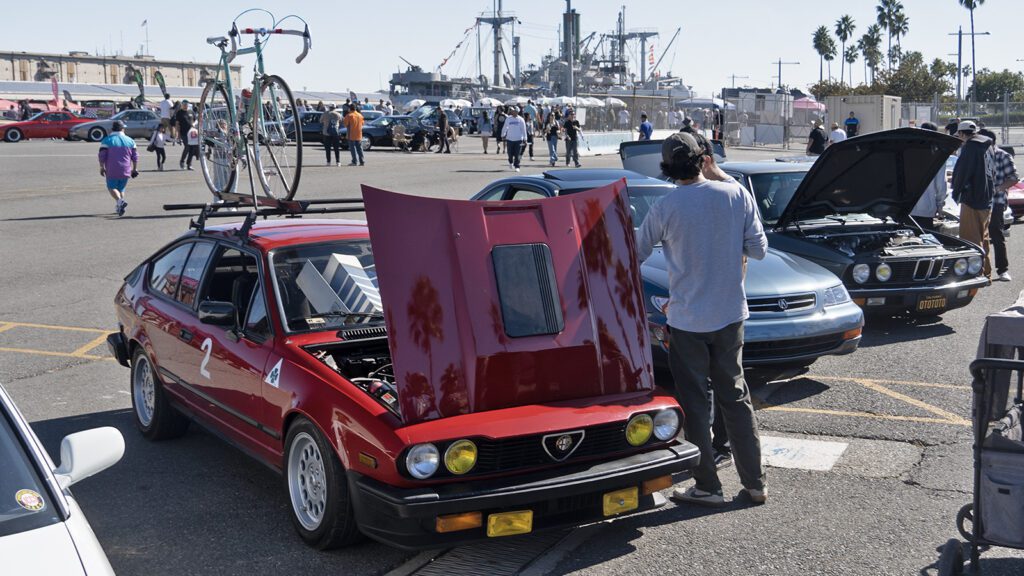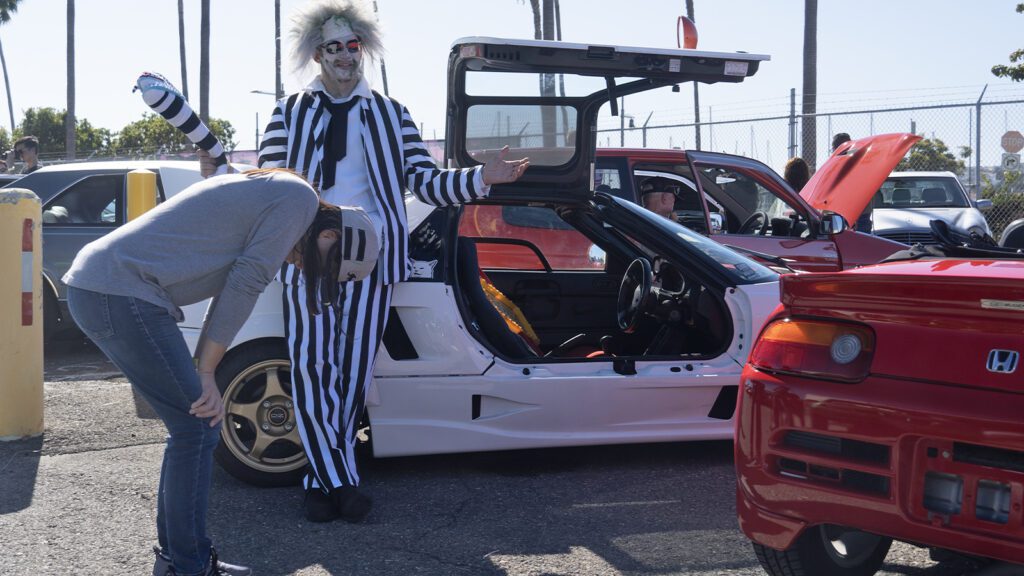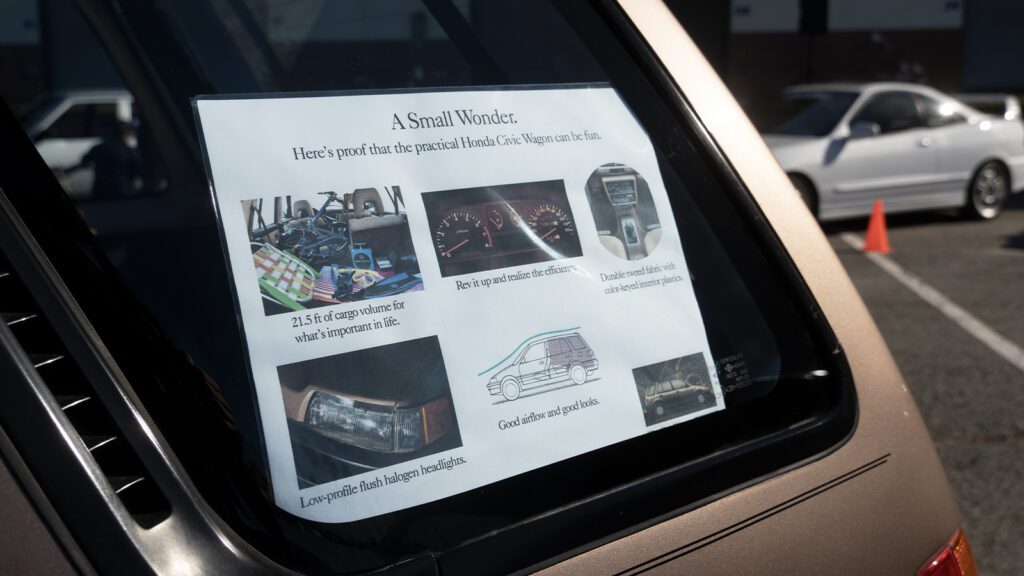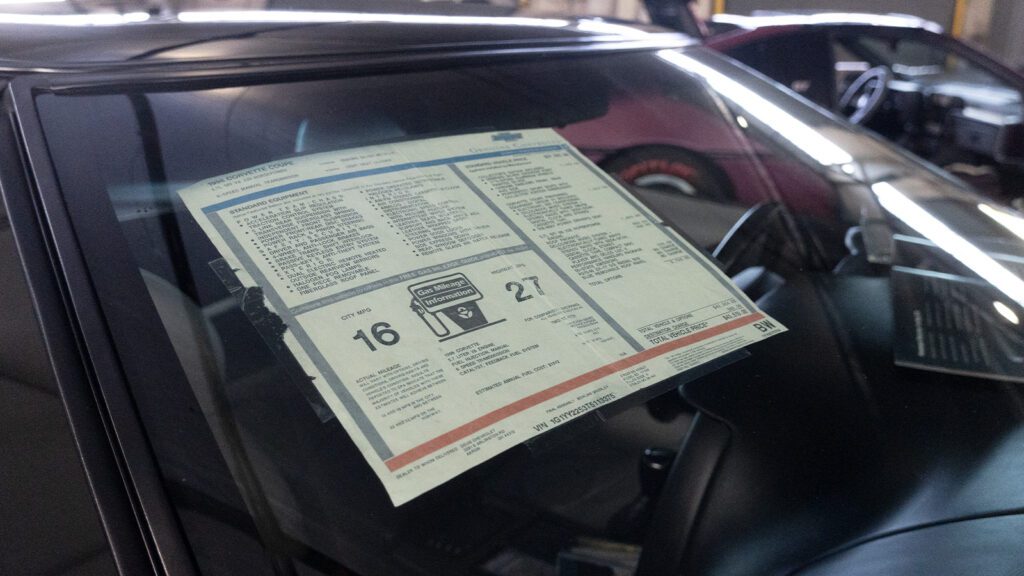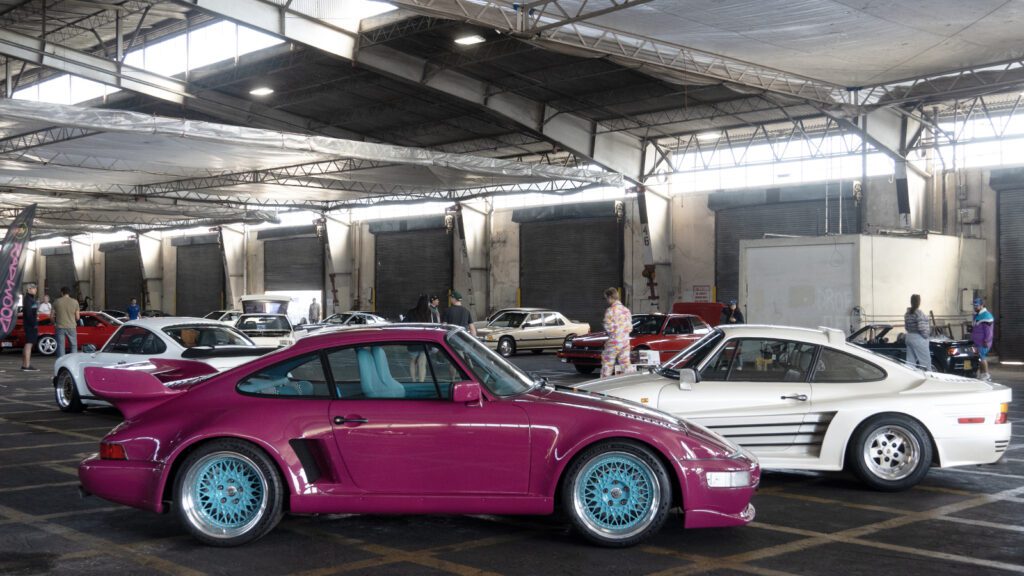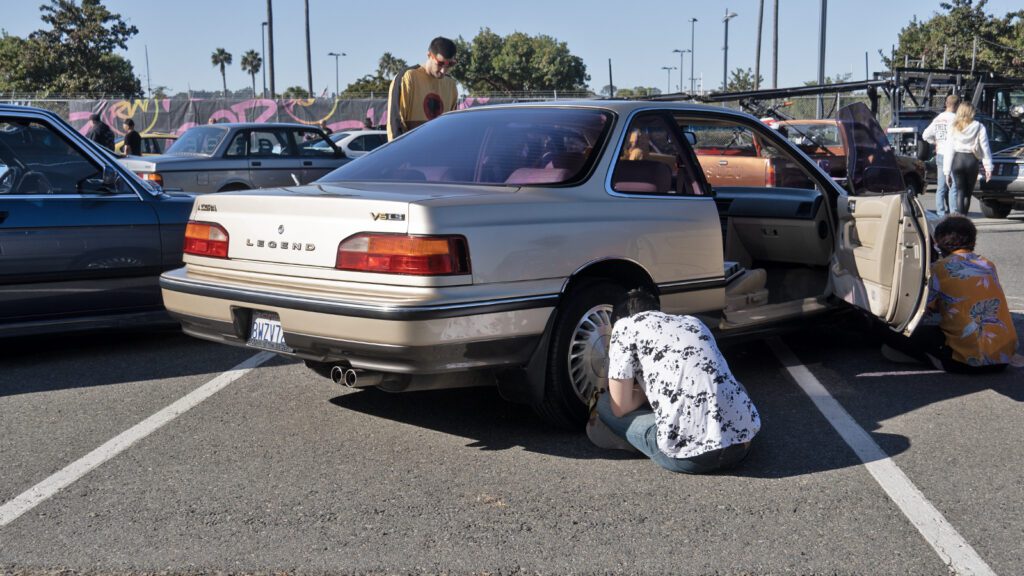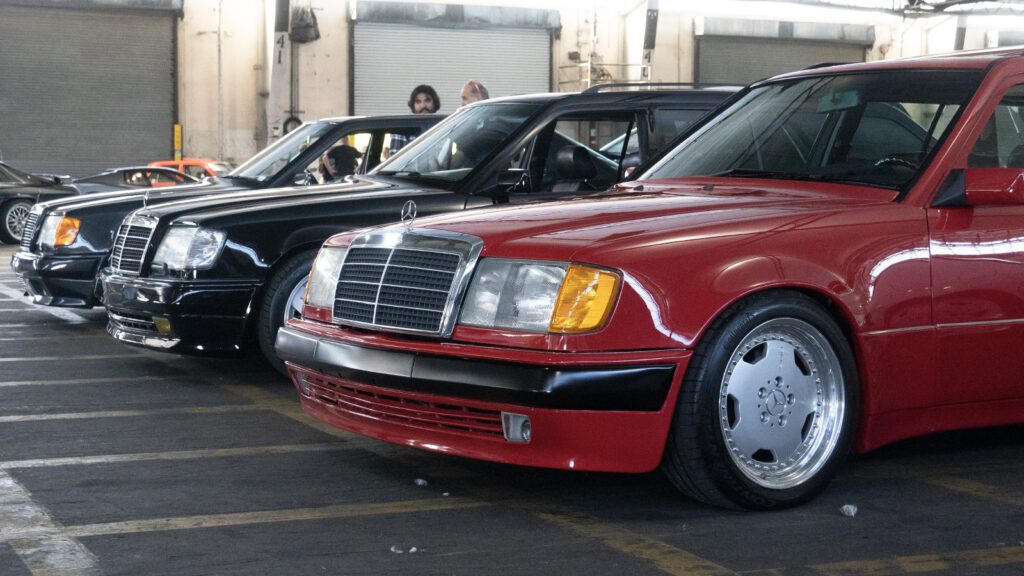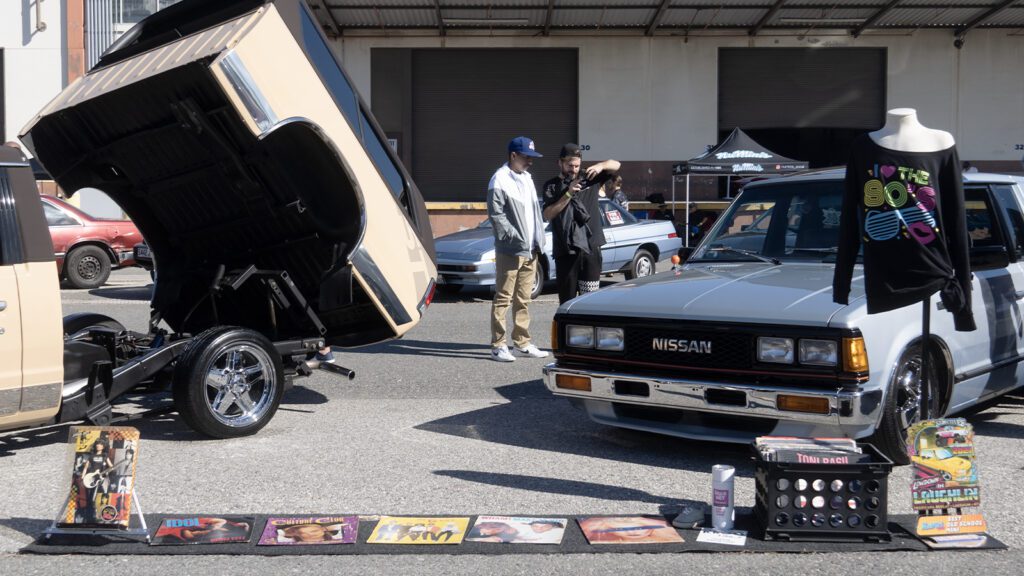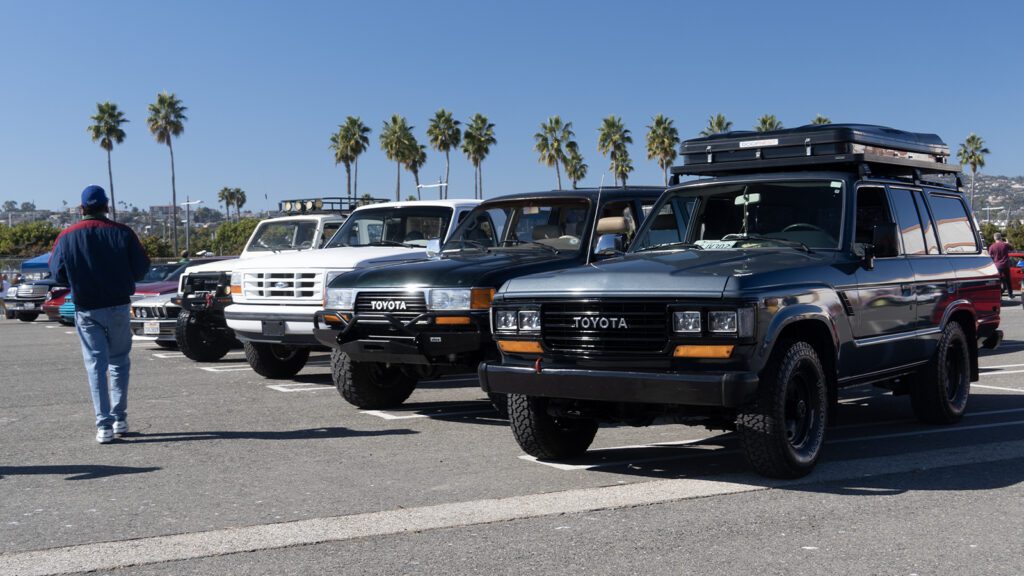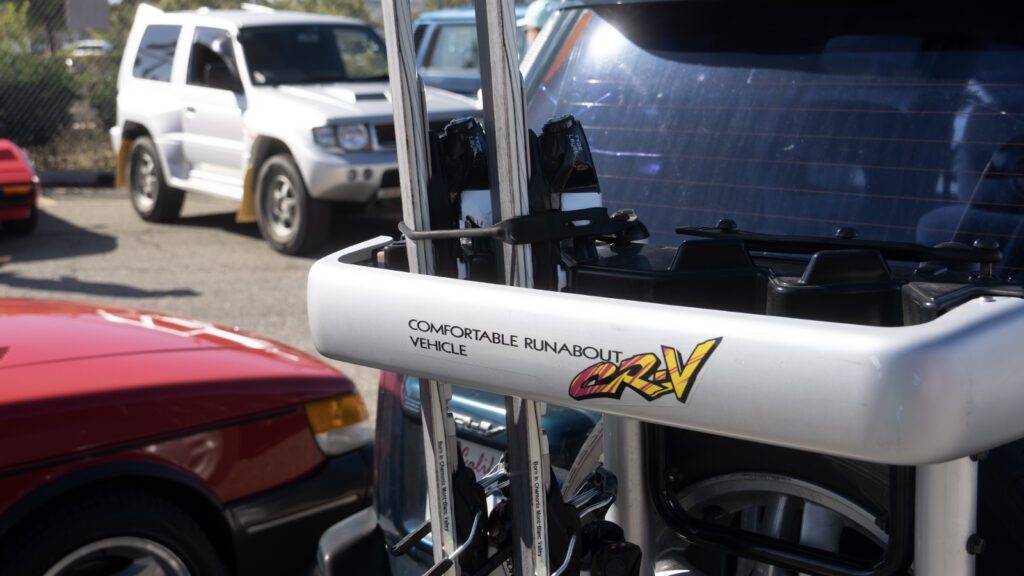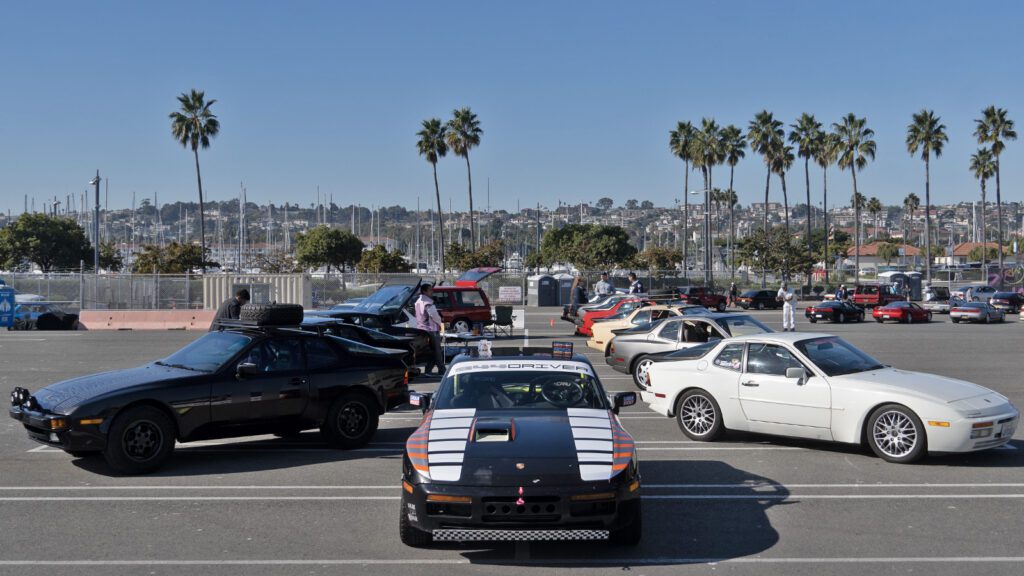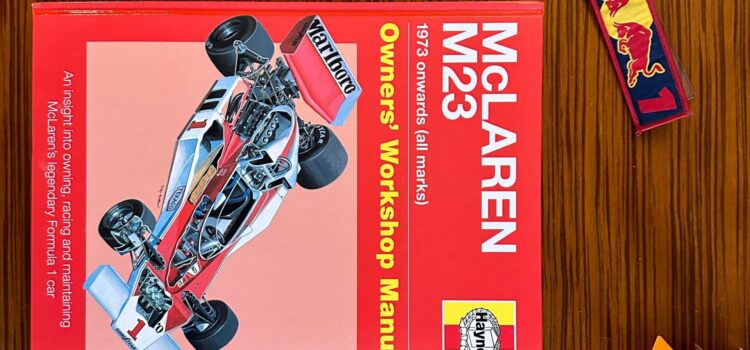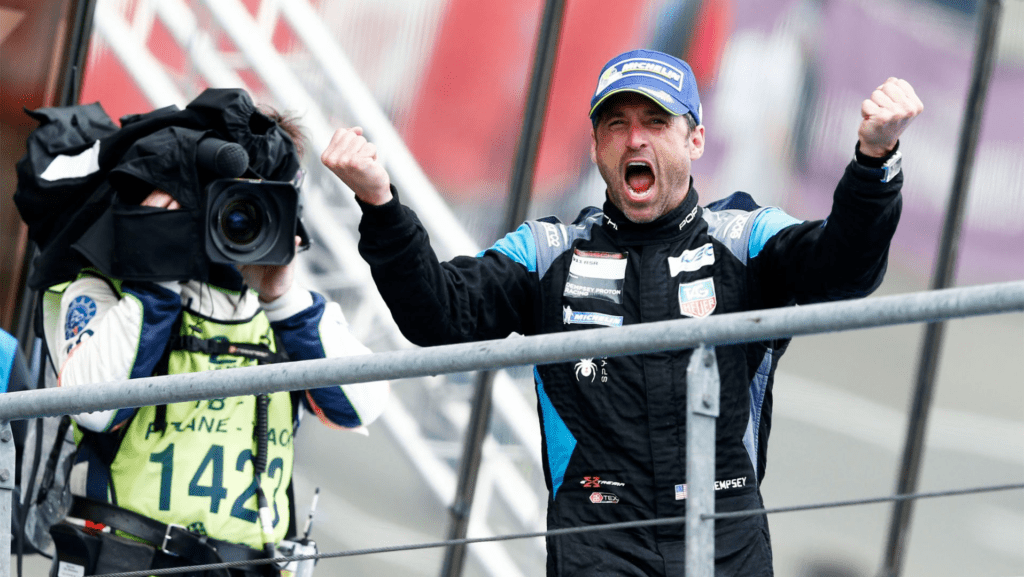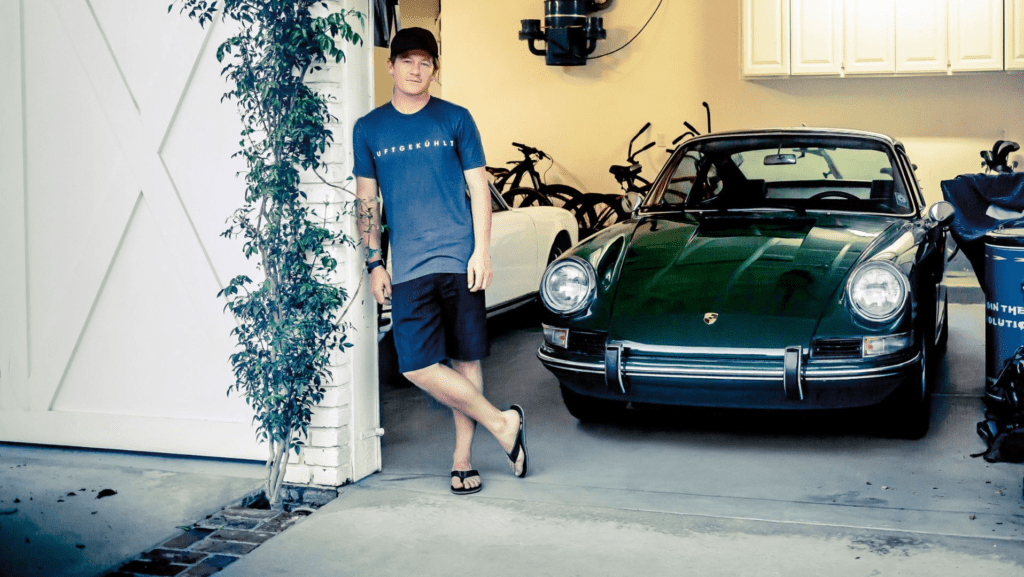14 upcoming cars we’re itching to drive in 2024 and beyond
Auto shows are in full swing. Manufacturers drop press release after press release. Suddenly, it seems like the car industry has almost finished healing from its ransacking at the hands of COVID and supply chain shortages, and new cars are more abundant and more alluring than ever. Affordable cars, dream cars, daily drivers, and high-performance piss missiles, oh my! It’s a fun, if polarizing, time to be a car nerd or even just a new car buyer, so let’s take a peek at some of the hottest new cars worth looking out for in the foreseeable future.
Genesis Magma lineup
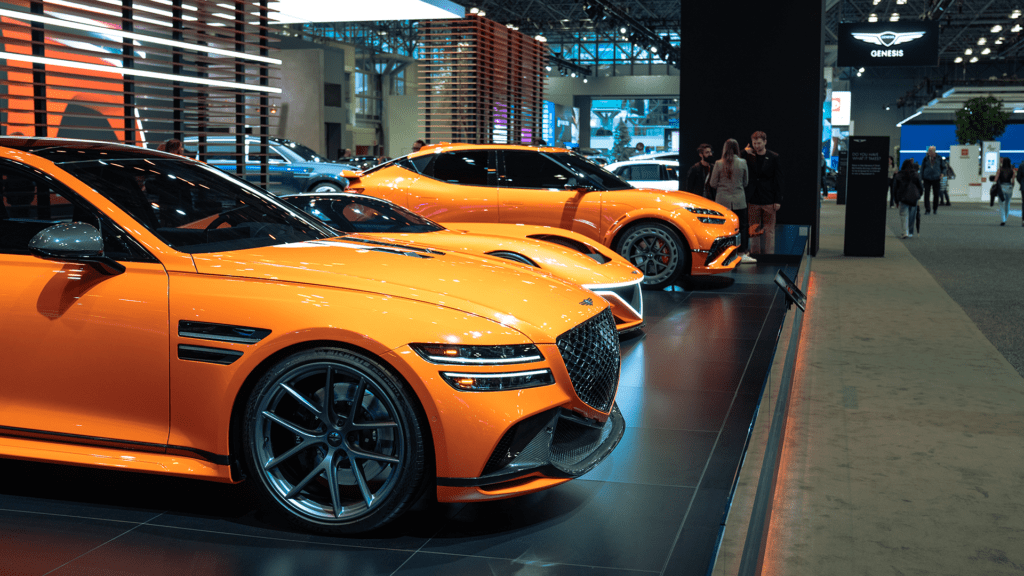
Car gods, be praised! We whined, and they listened. Genesis has finally unveiled concepts for the Magma family, its future high-performance lineup in the same vein as BMW M, Mercedes AMG, Lexus F, and Audi Sport GmbH. Details of the cars are unknown, but there will be a mixed crop of EV and gasser Magma cars. First to hit the scene will be a full-production GV60 Magma EV and the limited-run G80 Magma Special.
2025 Toyota 4Runner

After a quintillion years in car years, the current-gen Toyota 4Runner will soon be the outgoing one, as Toyota teased an all-new iteration on their social media. Details are scarce other than a close-up image of the tailgate badge and the knowledge that it’ll most likely be based on the same architecture underpinning the Tacoma and Land Cruiser. Expect a 2024 reveal and a 2025 product release, as well as carryover 2.4-liter turbocharged hybrid and non-hybrid powertrains from the Taco and Land Cruiser.
2025 Porsche 911 hybrid

Unlike most of the cars here, the 911 hybrid has not been officially revealed or teased in any capacity. But it’s coming. Test mules have been spotted meandering around Europe. Their appearances have only gotten more frequent with the turn of the new year, and some claim that we should expect an official debut come summer of 2024 when the 992.2 facelift arrives for the 2025 model year. We expect a 911 Hybrid to rock a turbocharged flat-six and a small lithium-ion battery driving all four wheels and enabling some trick torque vectoring.
Kia K5 hatchback (wagon)
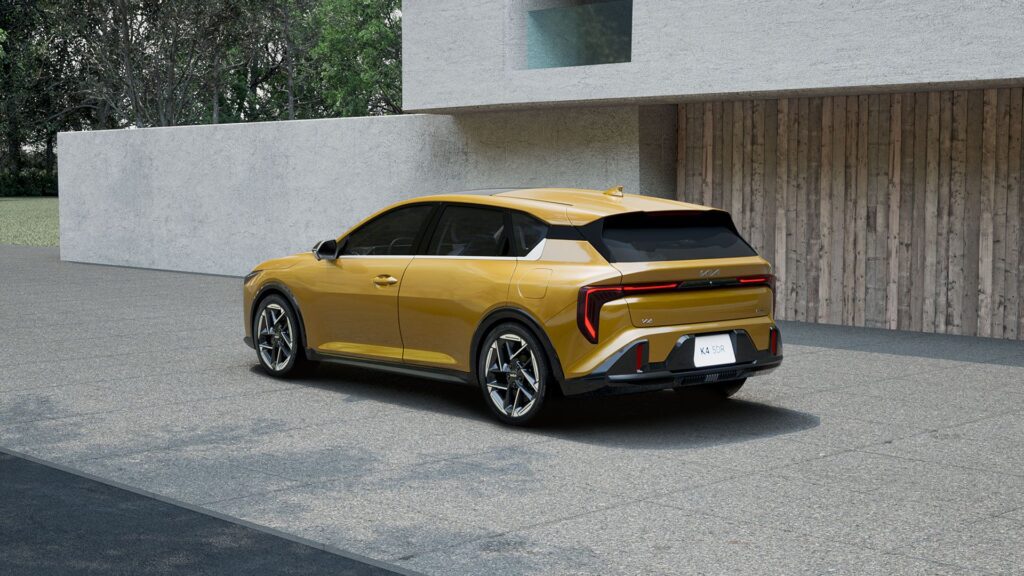
Just look at it. Isn’t she a beauty? An affordable wagon. Leave it to the Koreans to at least style a car in a manner that at least exudes the vibe of upscale-ness, inside and out, even if we know it’ll be built to a low price point to sell at a low price point. Expect the standard K4 sedan’s naturally-aspirated 2.0-liter four pushing 147 horsepower and 132 pound-feet through a CVT and its 1.6-liter turbocharged powertrain pushing 190 horsepower and 195 pound-feet through an eight-speed auto.
2025 Ford Mustang GTD
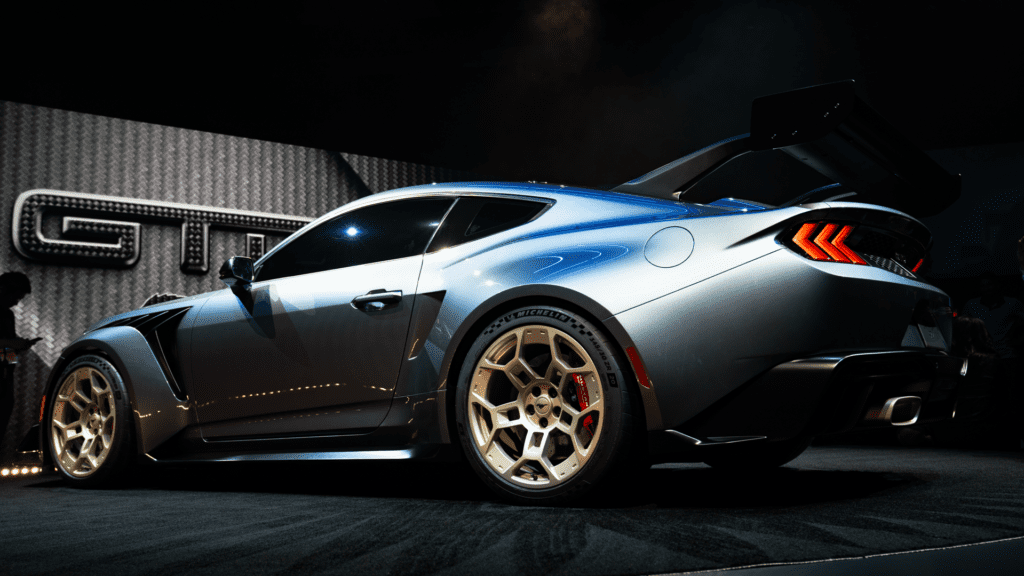
I know it’s probably beating a dead ‘Stang by now, but the GTD isn’t out yet! And it’s no less cool moseying around from rotating auto show pedestal to rotating auto show pedestal. For the seventeenth time, bask in its GT3 race car-inspired, soon-to-be-Nürburgring-lapping glory as Ford’s new six-figure halo car for Mustang and motorsports fans alike. Ford aims for 800 ponies out of the GT500-derived 5.2-liter supercharged V8 and a sub-seven-minute ‘Ring time.
‘Electrified’ Honda Prelude

Like the 911 Hybrid, the Prelude’s specs are all up in the air. But we know it’s coming. It has to atone for the death of the Accord and Civic coupes and the rise of the GR86/BRZ and Nissan Z. The concept shows off Michelin tires surrounding some stout Brembos, and maybe there’s even a hybridized Civic Si or Civic Type R motor under that hood.
2024 Dodge Charger
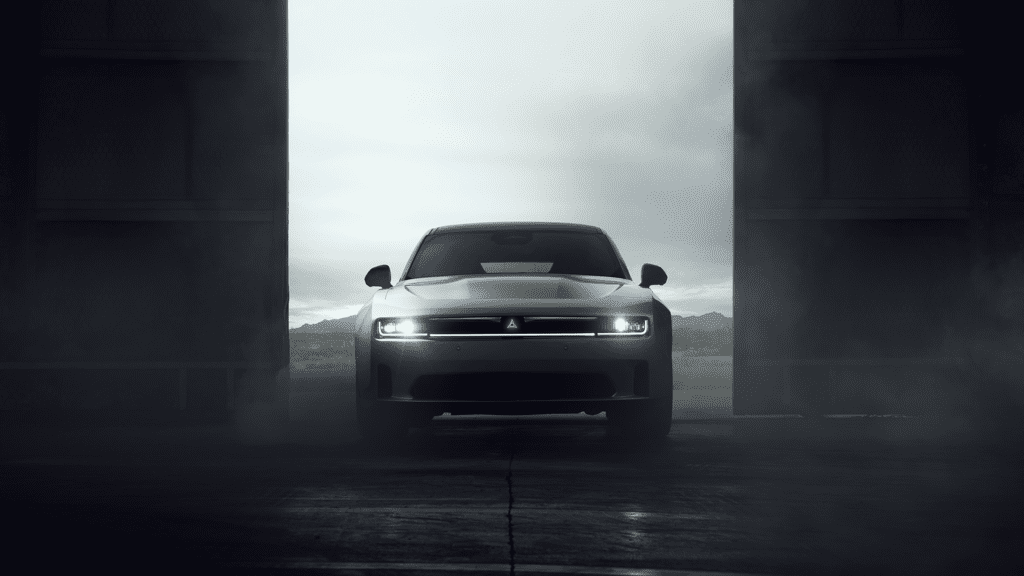
Considering Dodge’s recent moves toward electrifying its lineup, starting with the Dodge Hornet R/T, it’s no surprise that the new Charger Daytona swaps its iconic Hemi V8 for a 400-volt EV powertrain. For car enthusiasts, though, nothing quite matches the resounding charisma of an internal combustion engine. And they can still get that with the Hurricane-equipped Six Pack variant.
2025 Hyundai Ioniq 5 N

In a piece for TechRadar, Leon Poultney called the Hyundai Ioniq 5 N “the first genuinely fun EV.” And he’s not alone. While I haven’t had the chance to drive one, in my New York Auto Show demo ride, I was blown away by how well it simulated the experience of being in a gas car—minus the carbon emissions.
2025 Ram 1500 Ramcharger
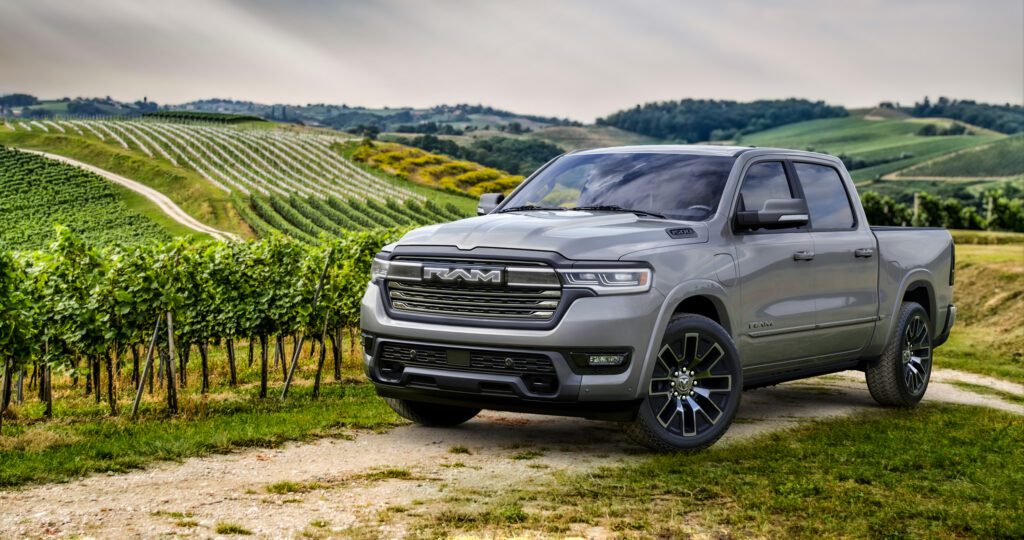
I’m no truck guy, but the powertrain Ram conceptualized for the Ramcharger is like a Chevy Volt on steroids. Although it can plug into a DC fast charger for 145 miles of all-electric road time, this isn’t a full BEV. And despite the 3.6-liter V6 under its hood, the gas engine has no mechanical connection to the wheels. Instead, two electric motors—one in the front and one in the back—propel the Ramcharger, with the help of a 70.8-kWh battery not much smaller than that of a Tesla Model Y. Only when the battery dies does the engine go to work, burning fuel to recharge the battery if the battery runs out of juice and you can’t reach a charging station.
2025 Lucid Gravity
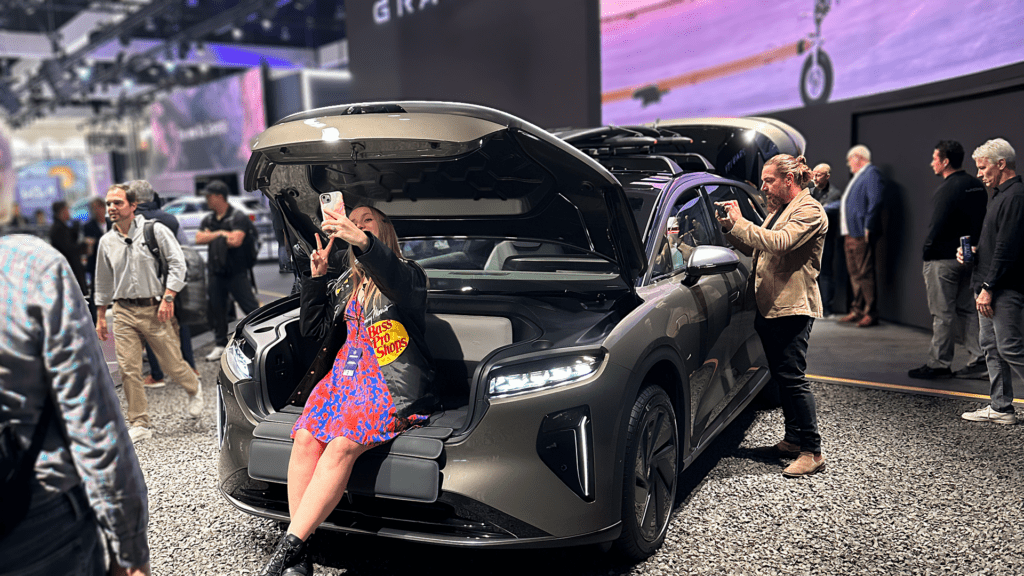
We’re all tired of third-row SUVs. Believe me, this Mazda CX-90 review sucked the soul out of me for like two months. Still, the Lucid Gravity appears to be one of the more polished examples in its class. Fans of the genre will appreciate its soft-touch premium interior, expansive infotainment displays, and for the Tesla-averse, physical inputs where they’re needed. Best of all, the front trunk doubles as a seat for reverse tailgate parties.
2027 Rivian R3
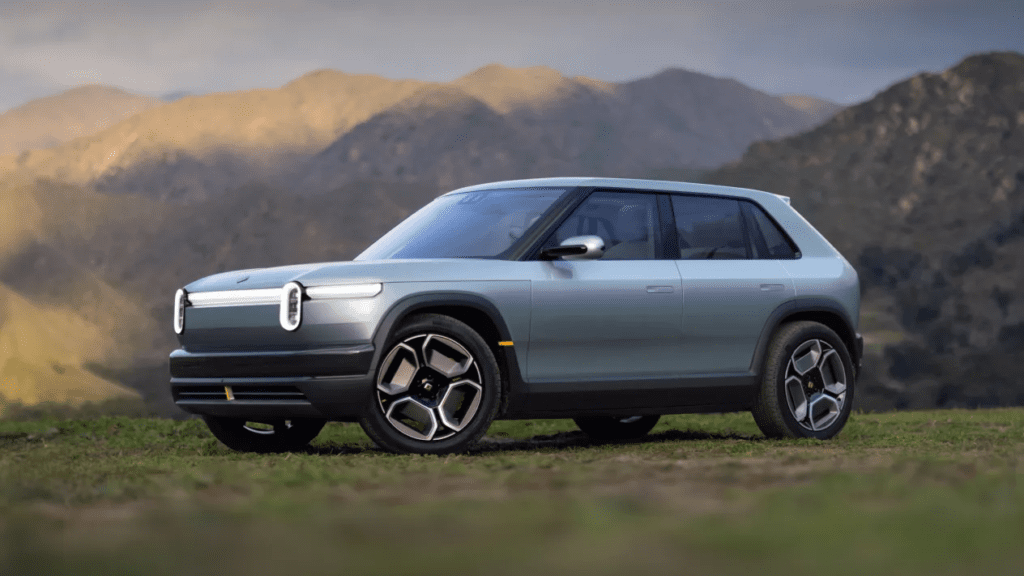
Remember the Lancia Delta? No? Well, then you probably live in America, where the five-door Italian hatchback was never released. Nonetheless, the Rivian R3 borrows from the Delta’s design language—or at least its wider-stance Integrale variant. The R3, however, is a cute little electric crossover built on Rivian’s new compact crossover platform—one I could very much see myself in when the Tonale lease is up in a few years. Oh yeah. I said a few years since Rivian was so kind, giving us from its 2024 unveil to its speculated 2027 release to drool over it.

